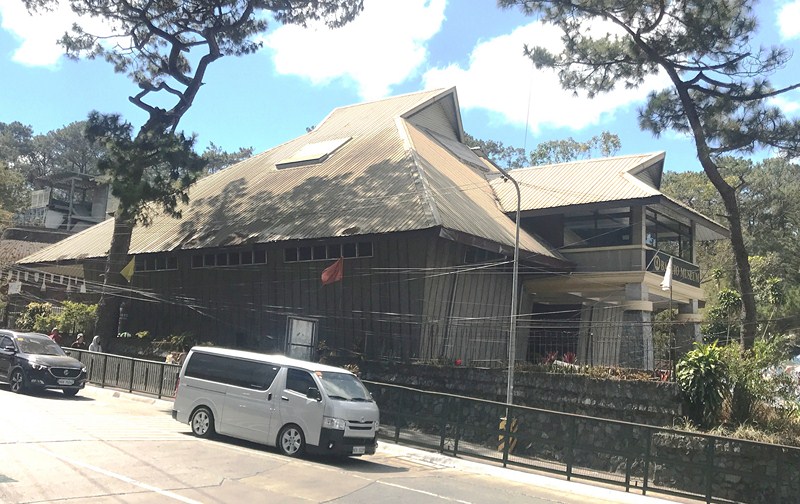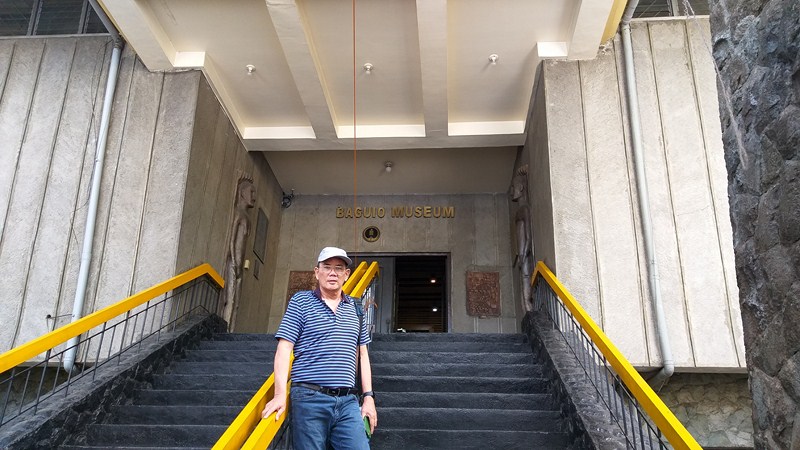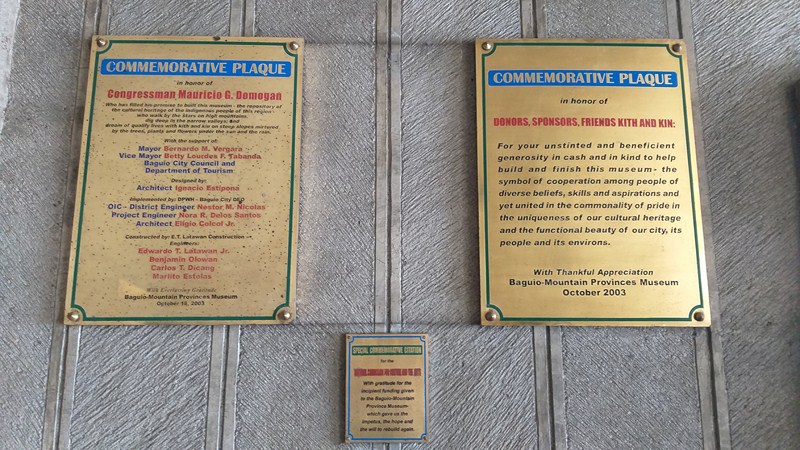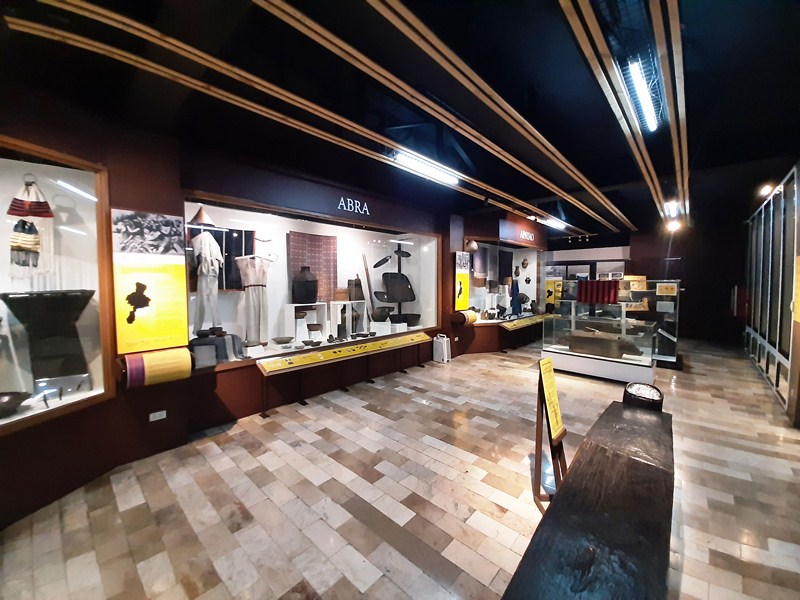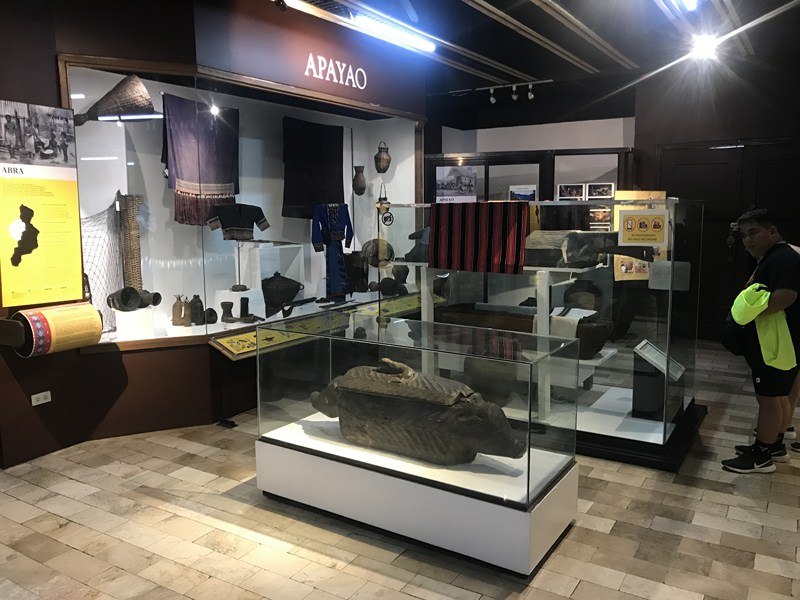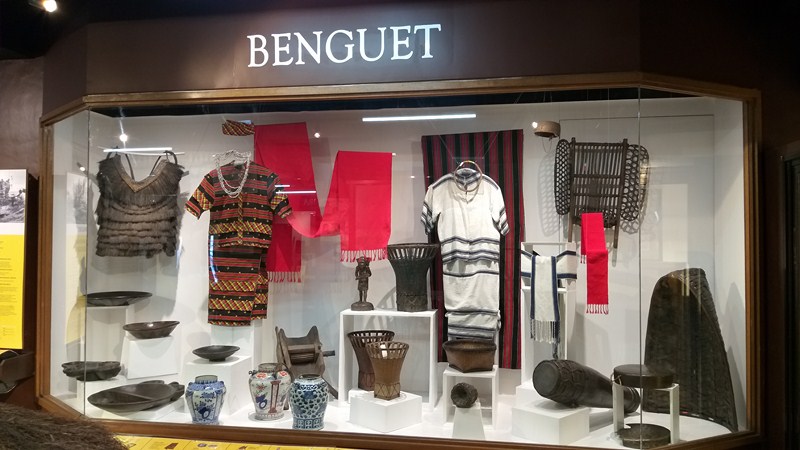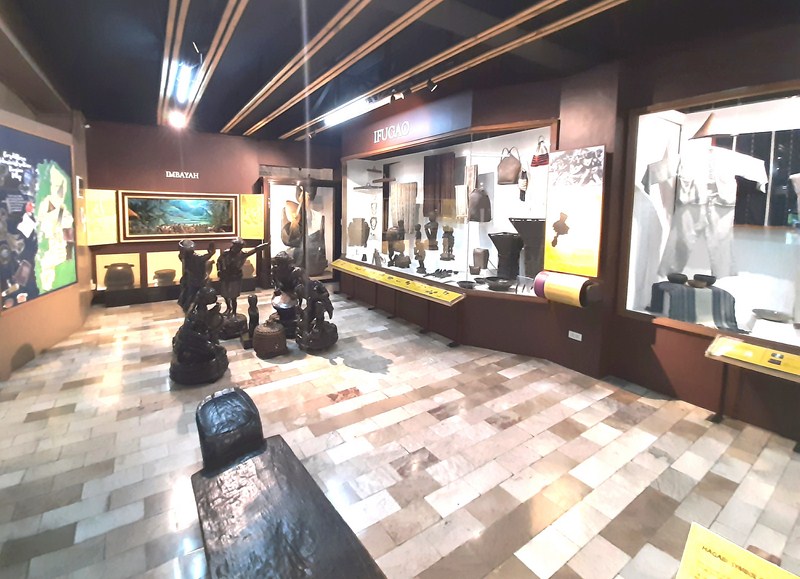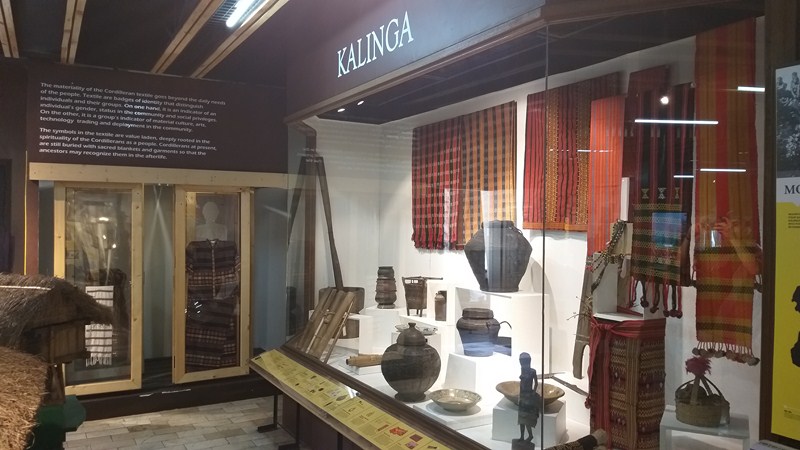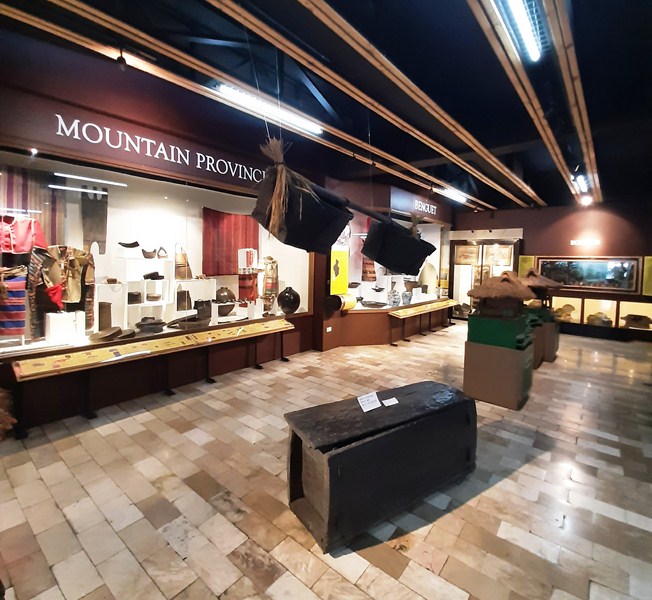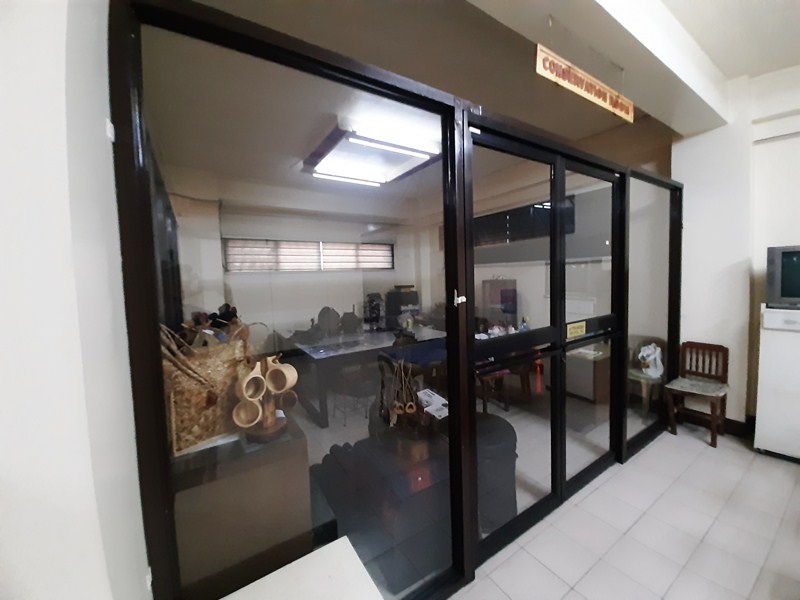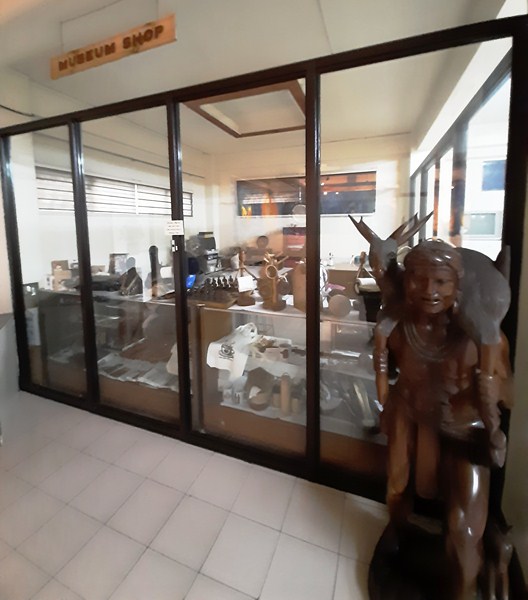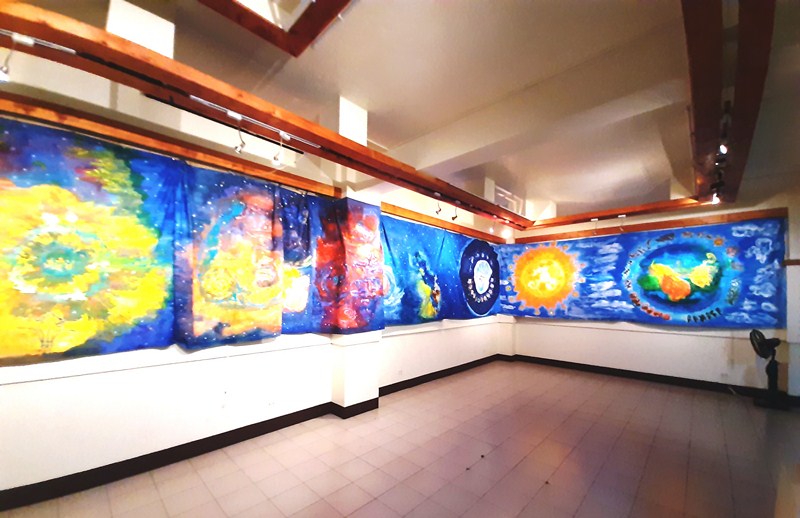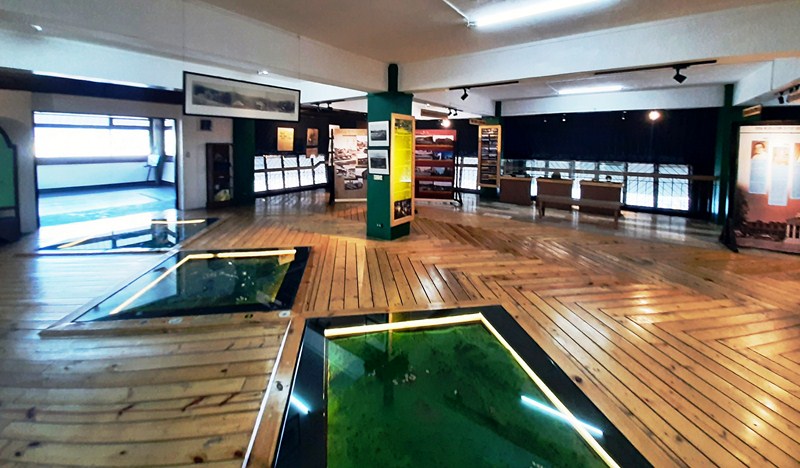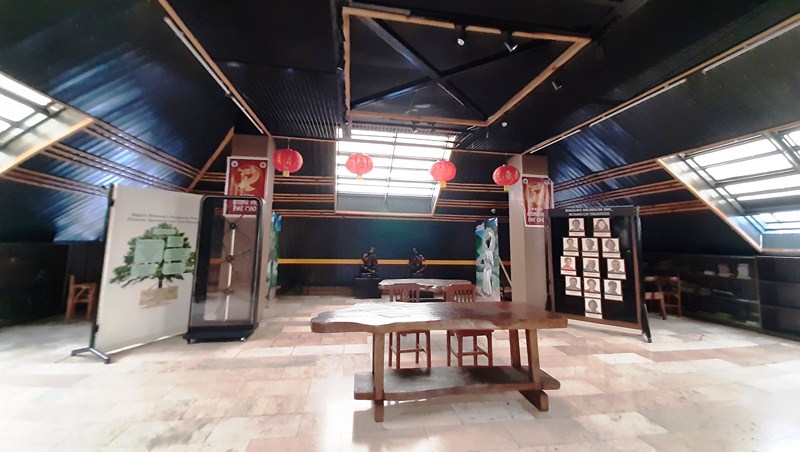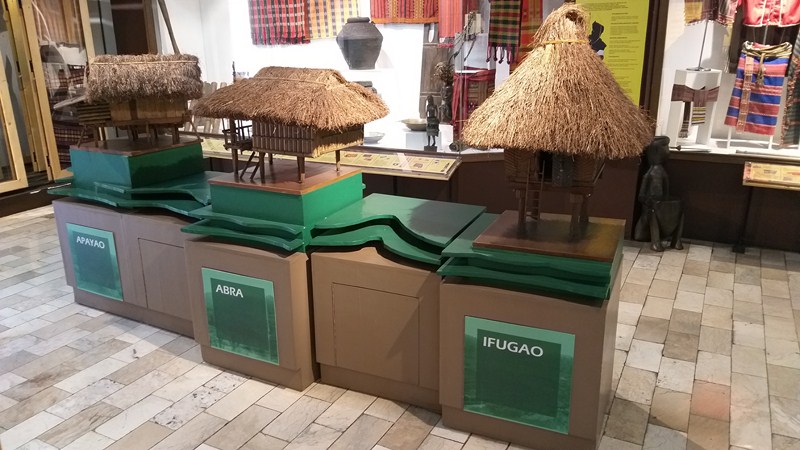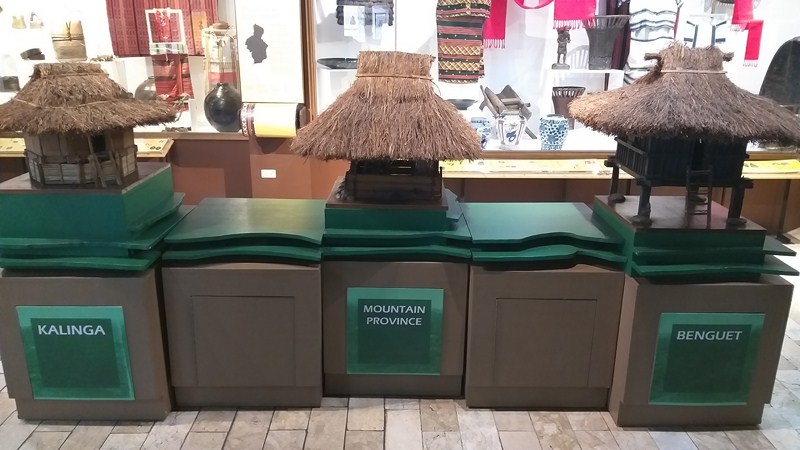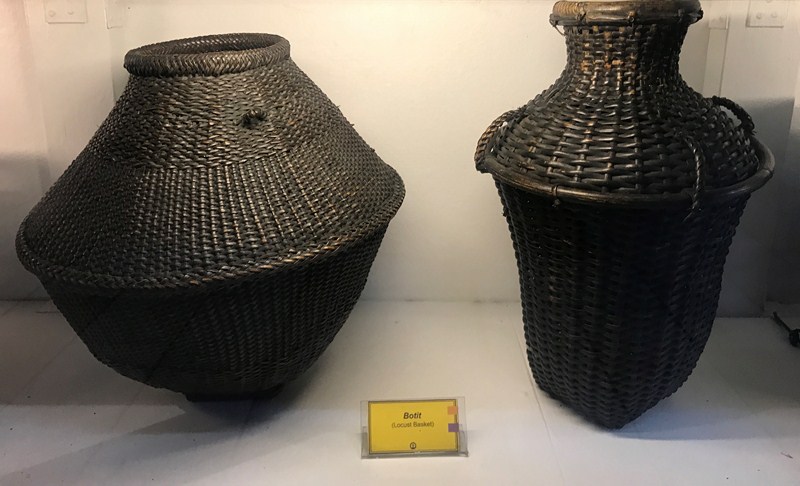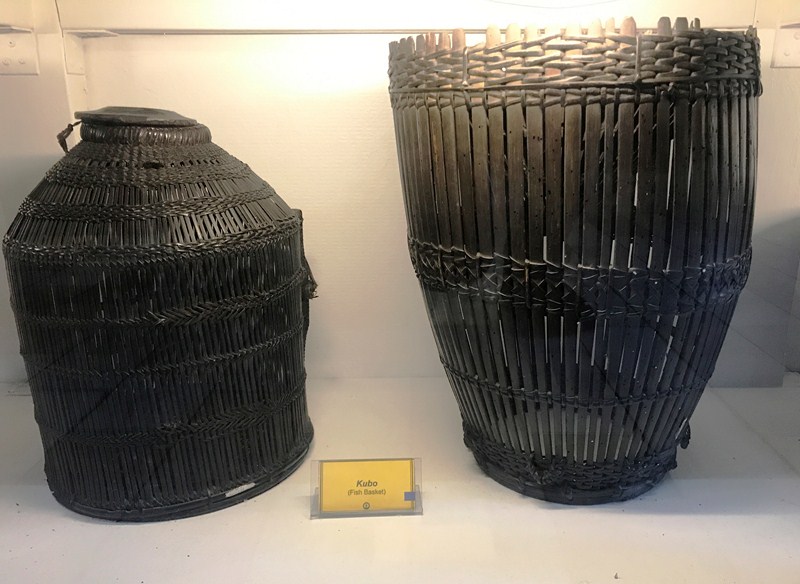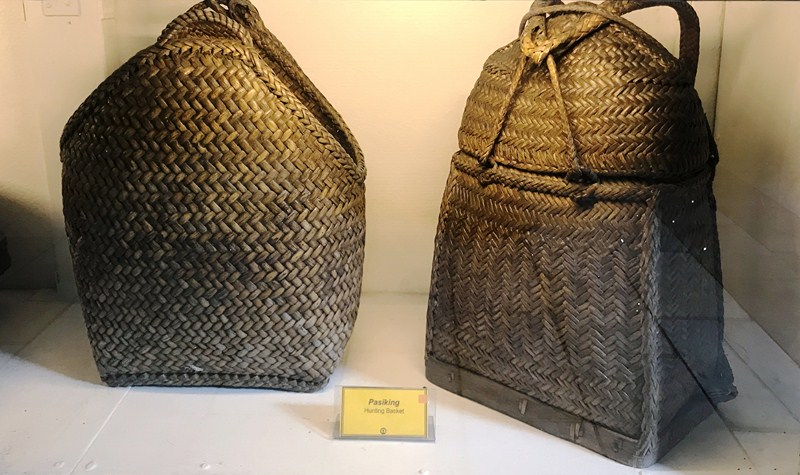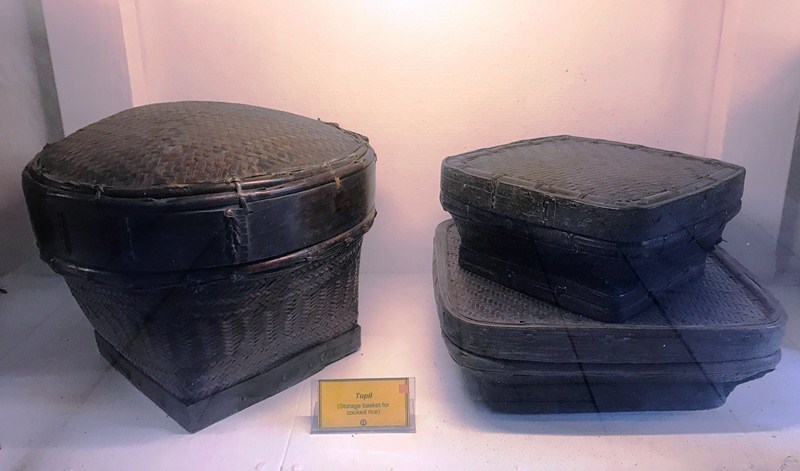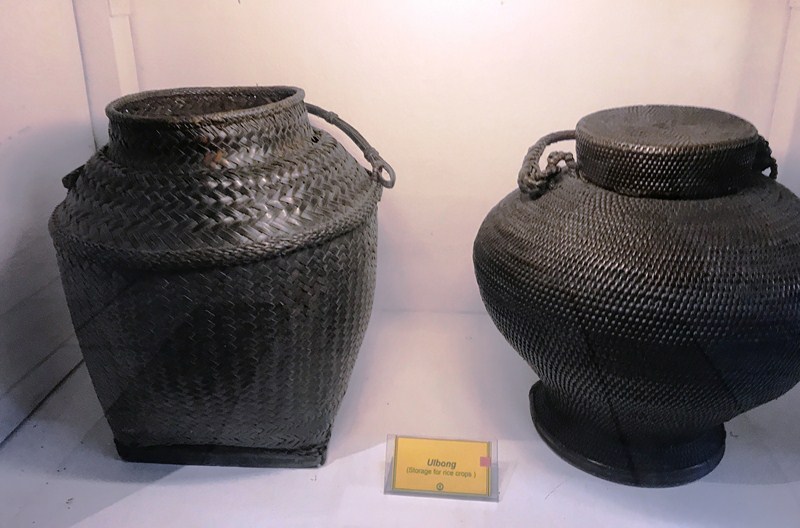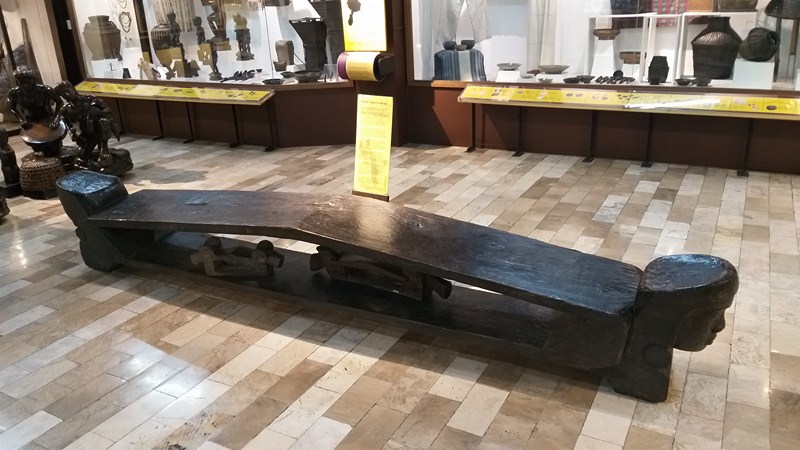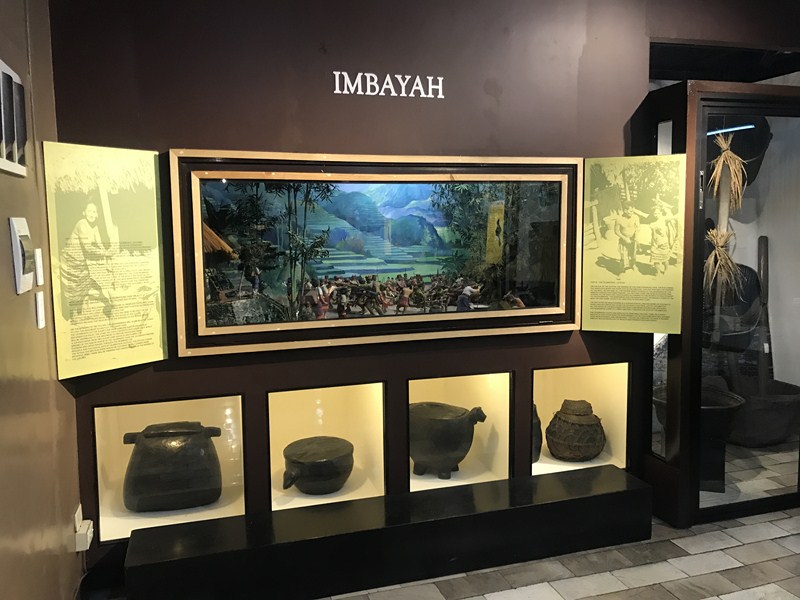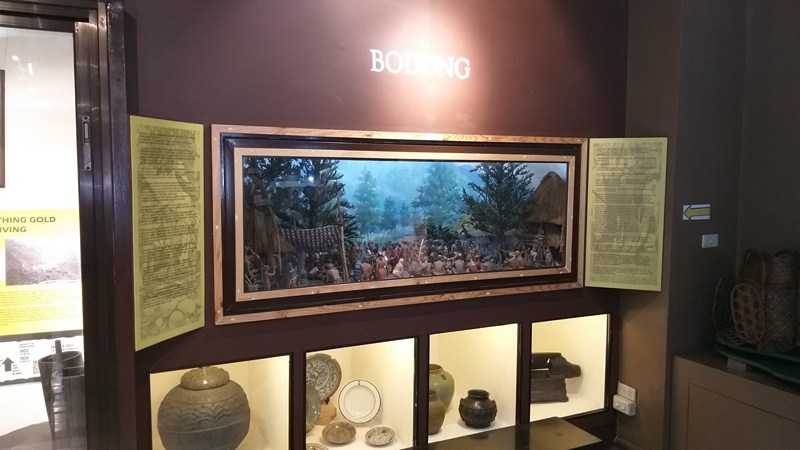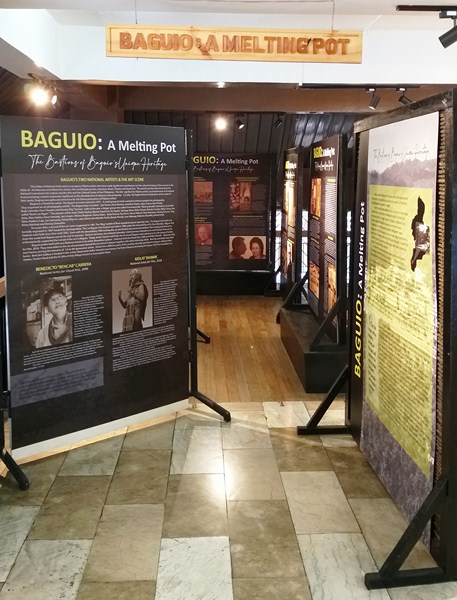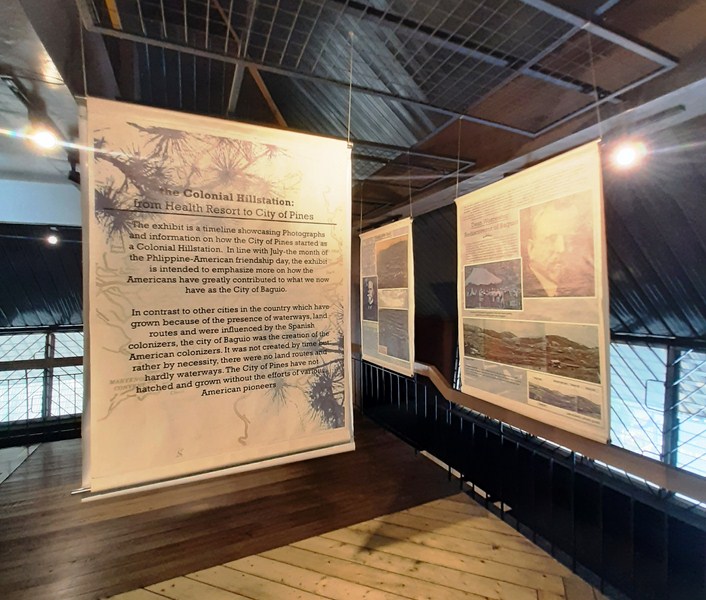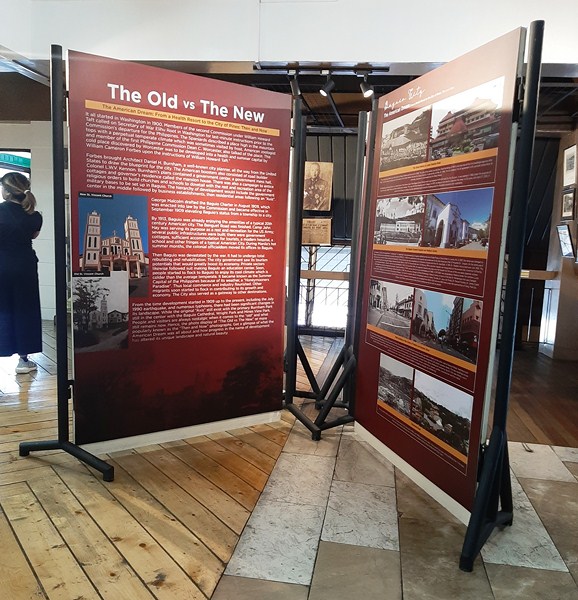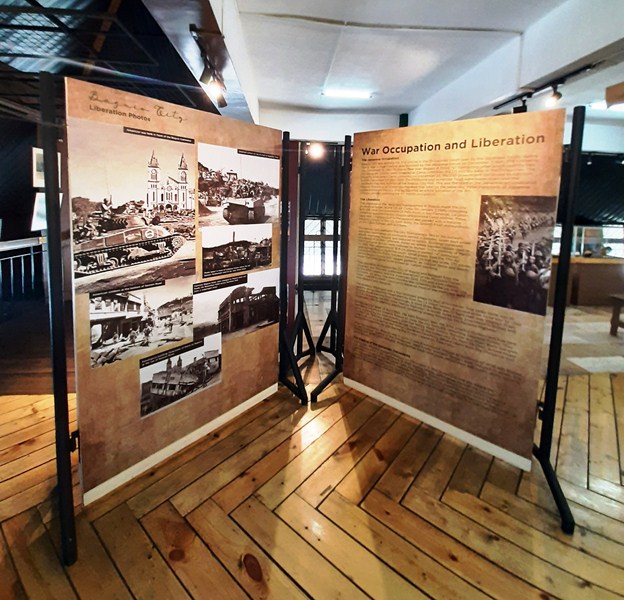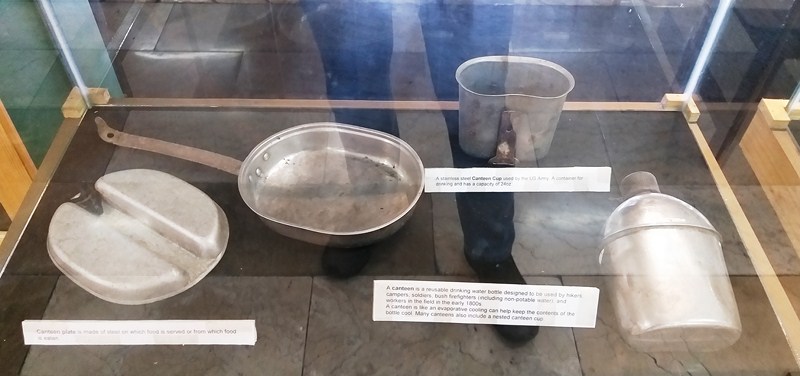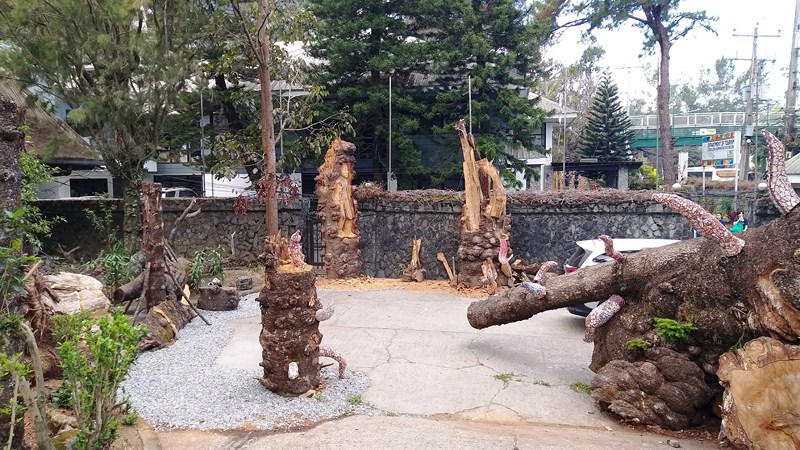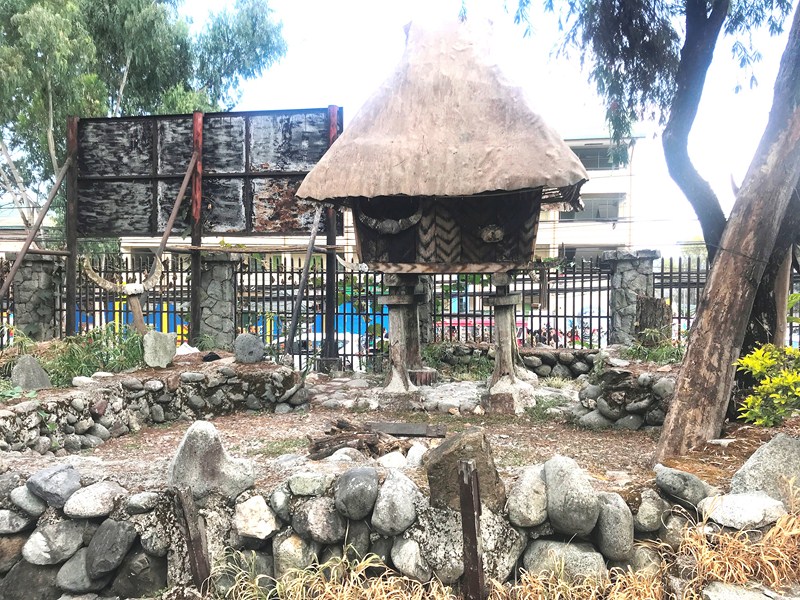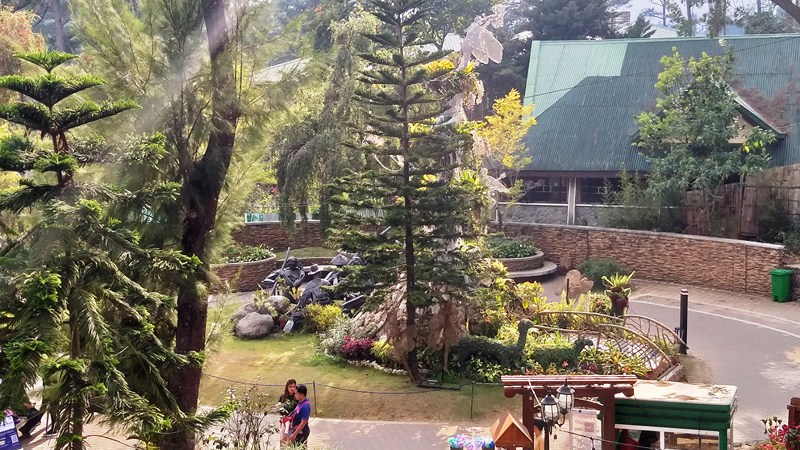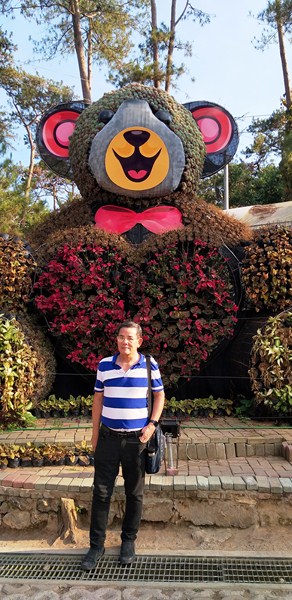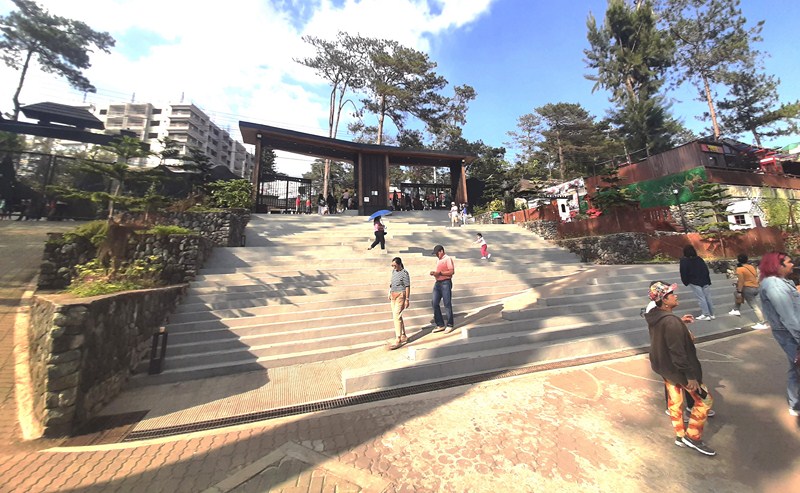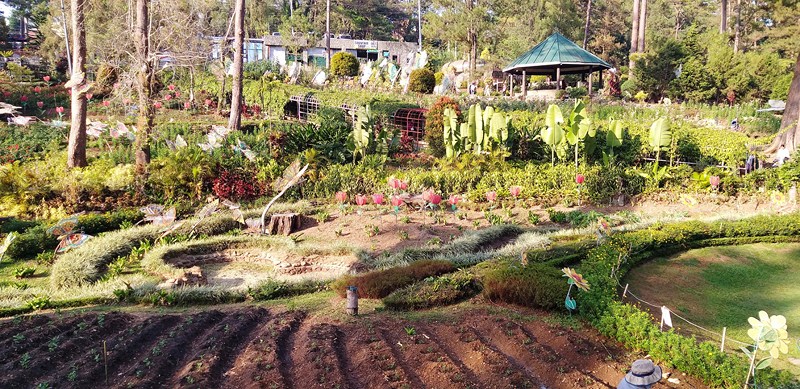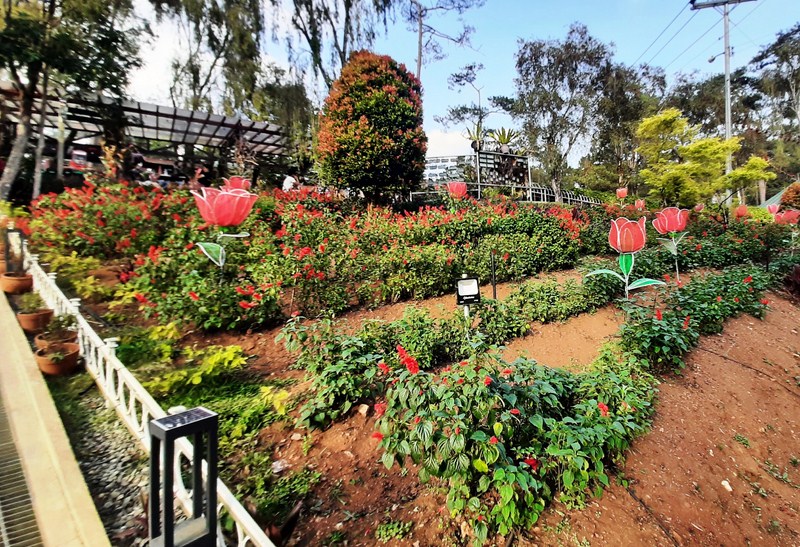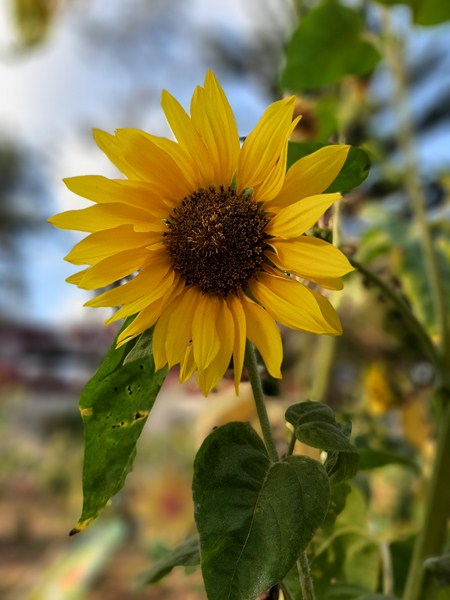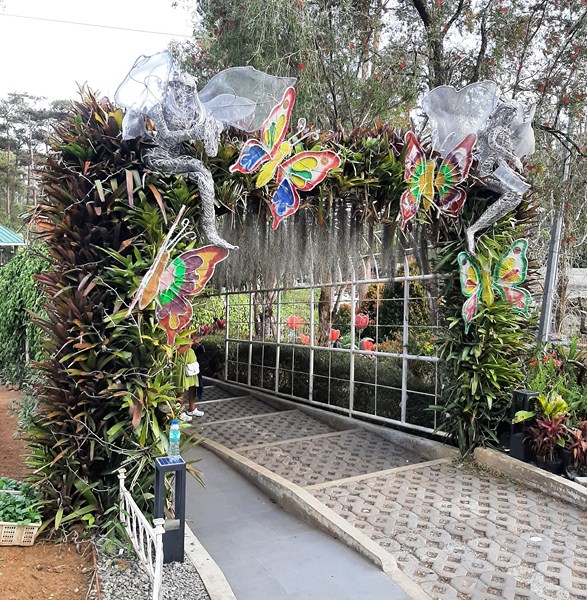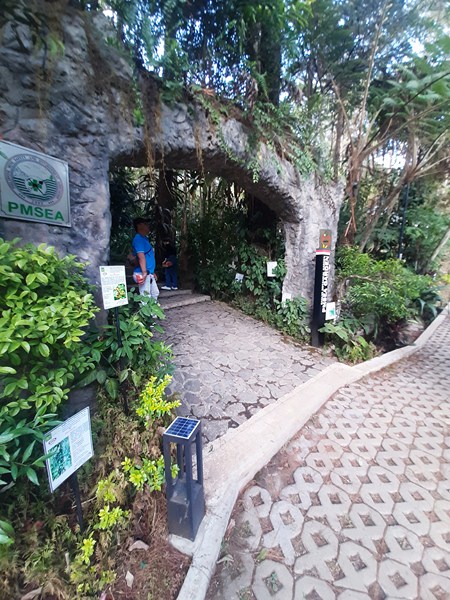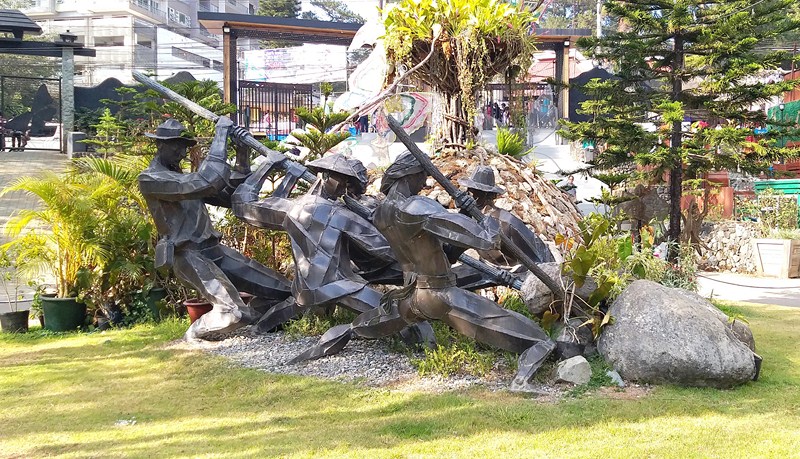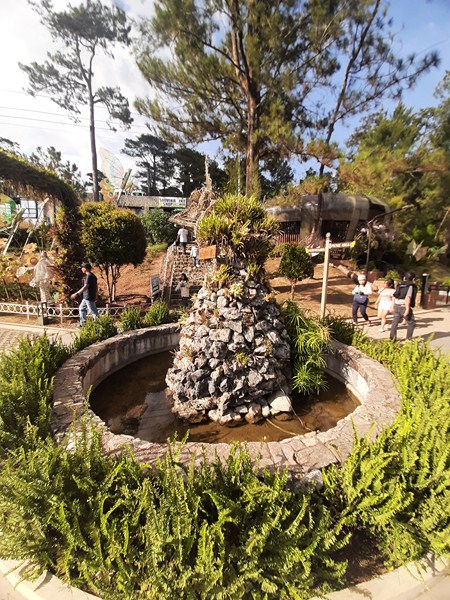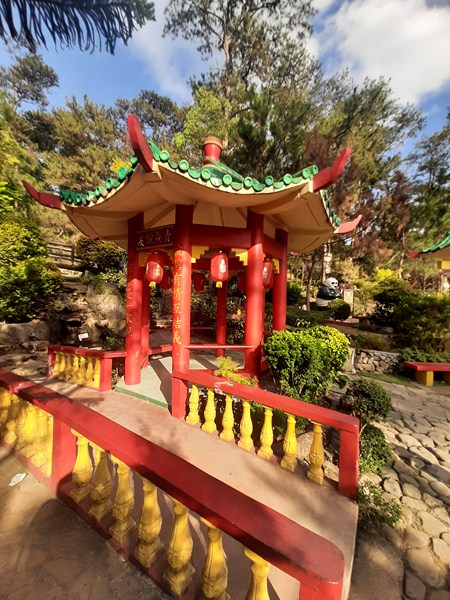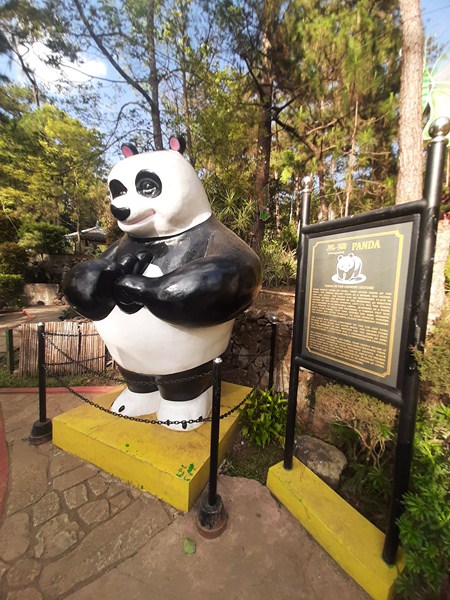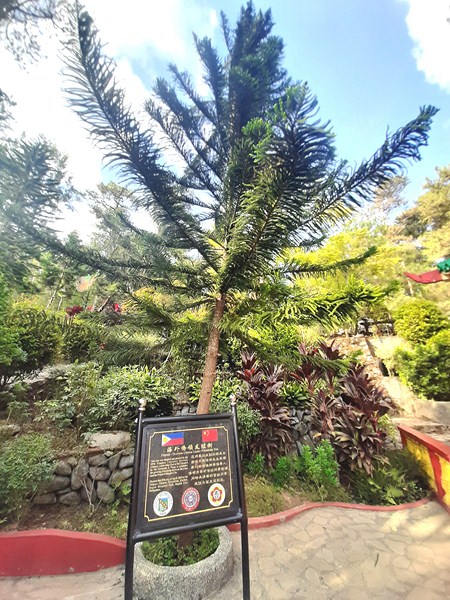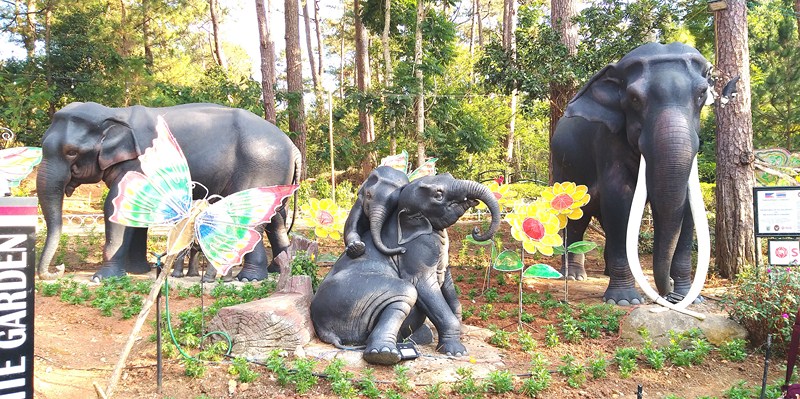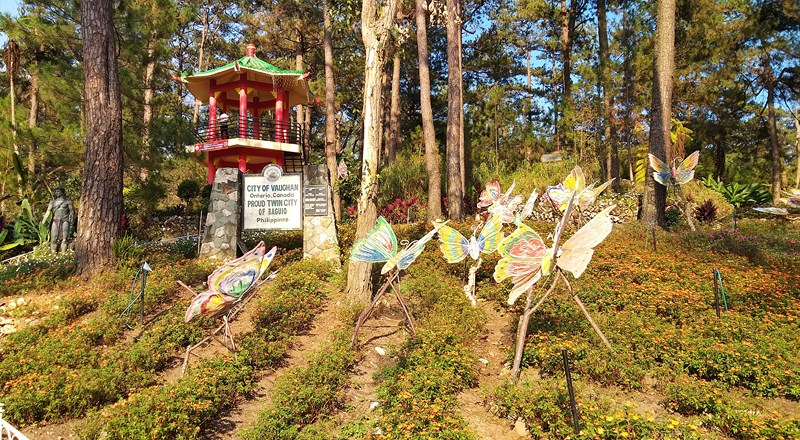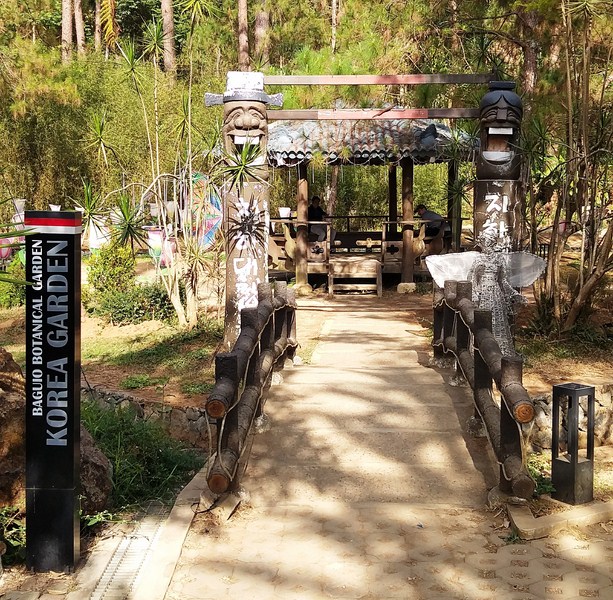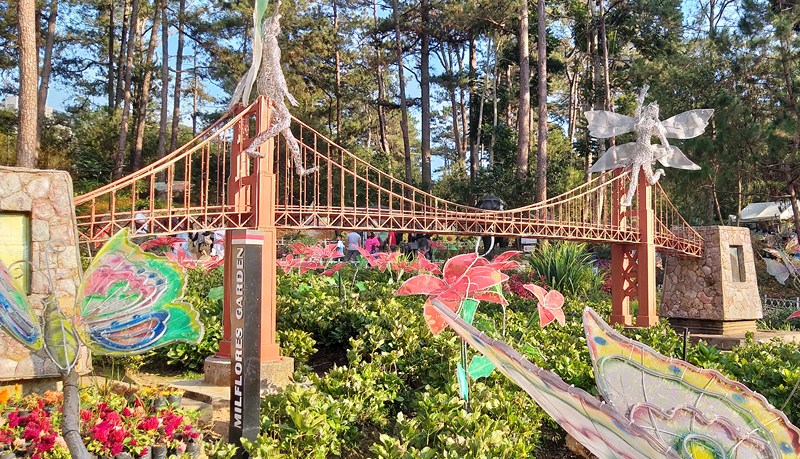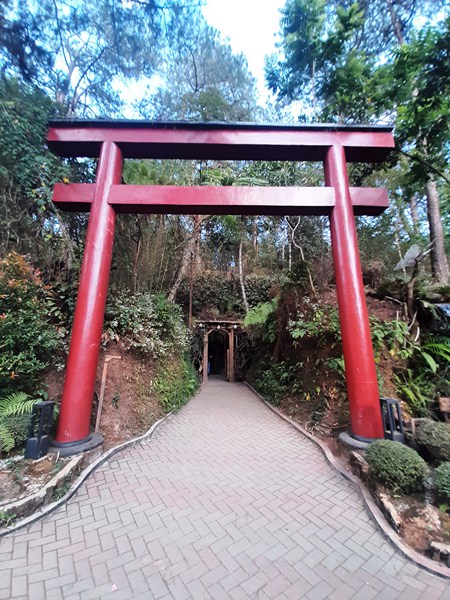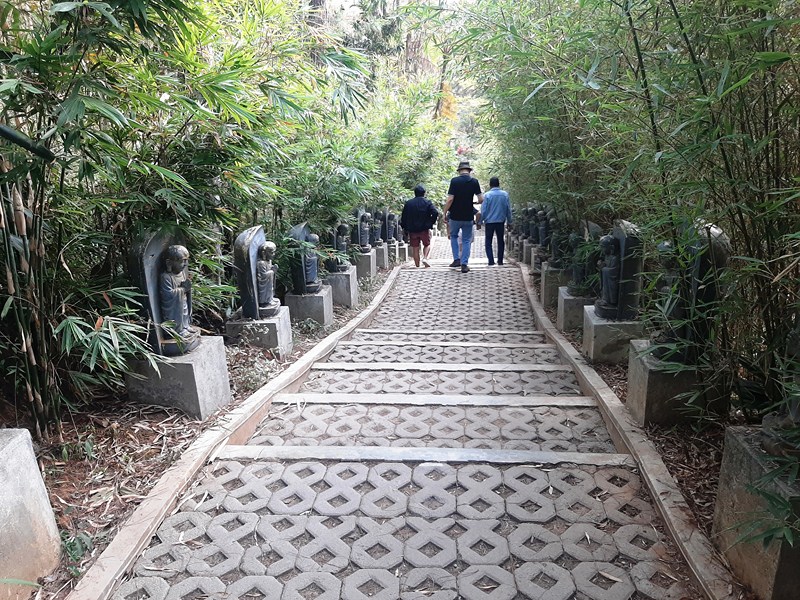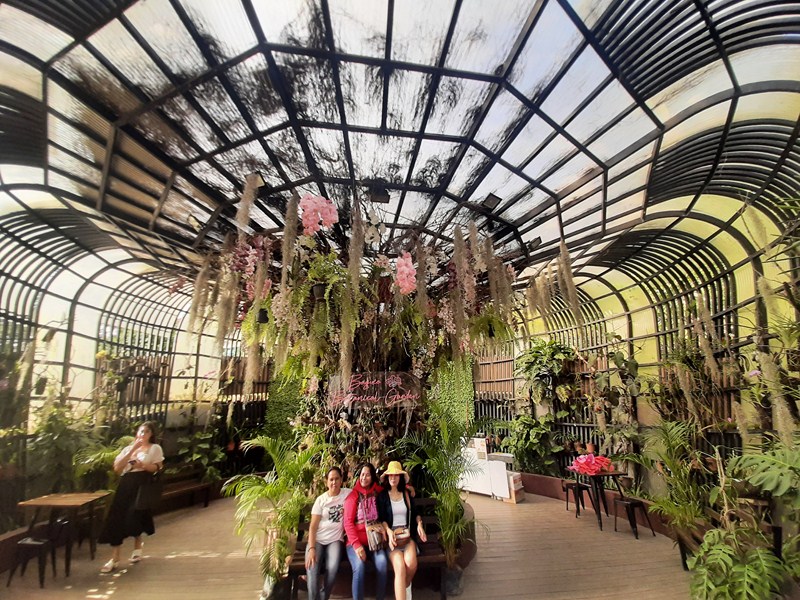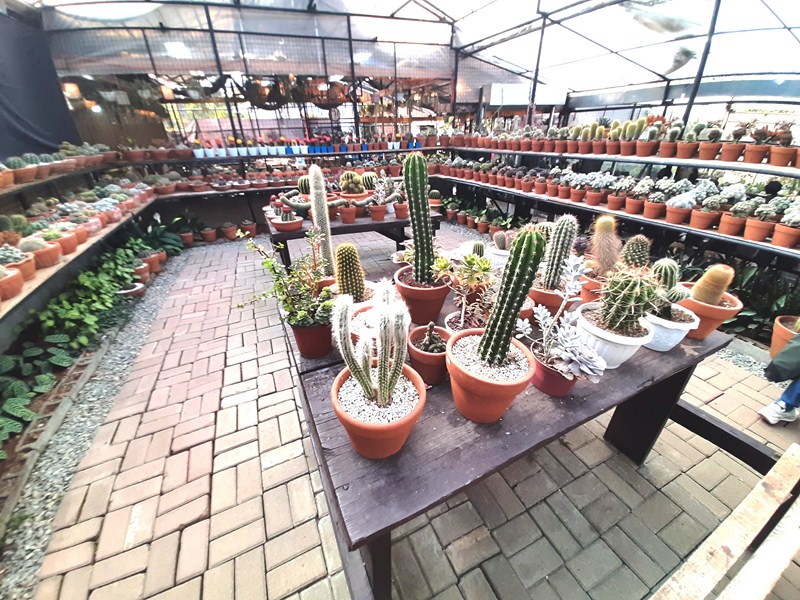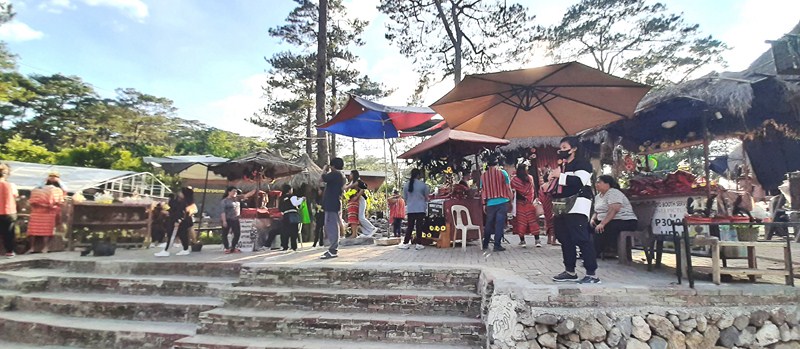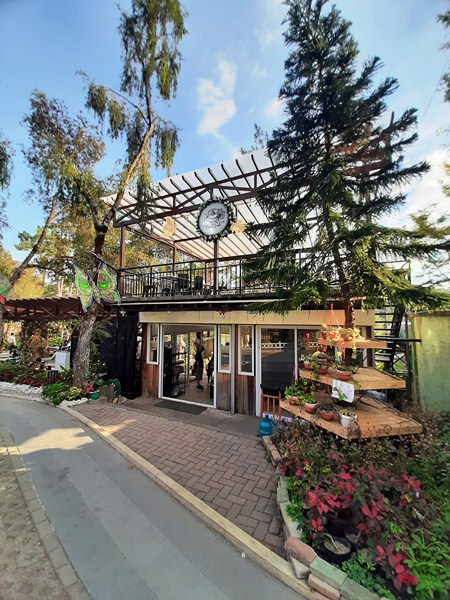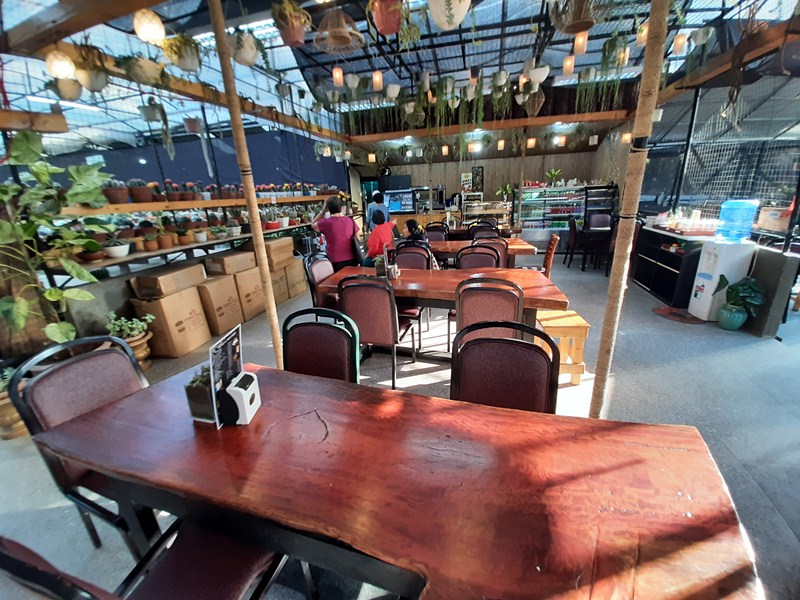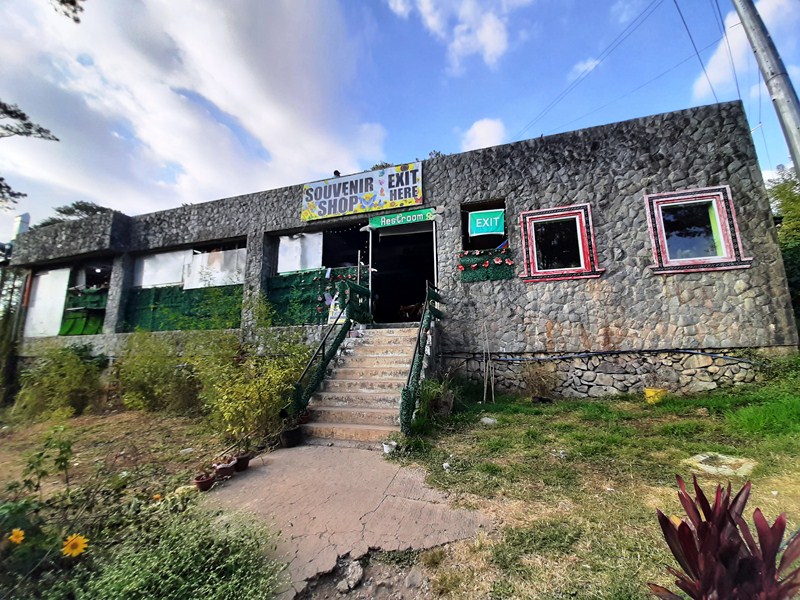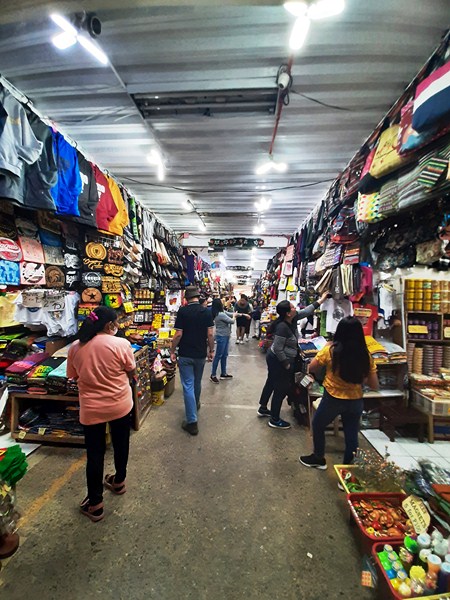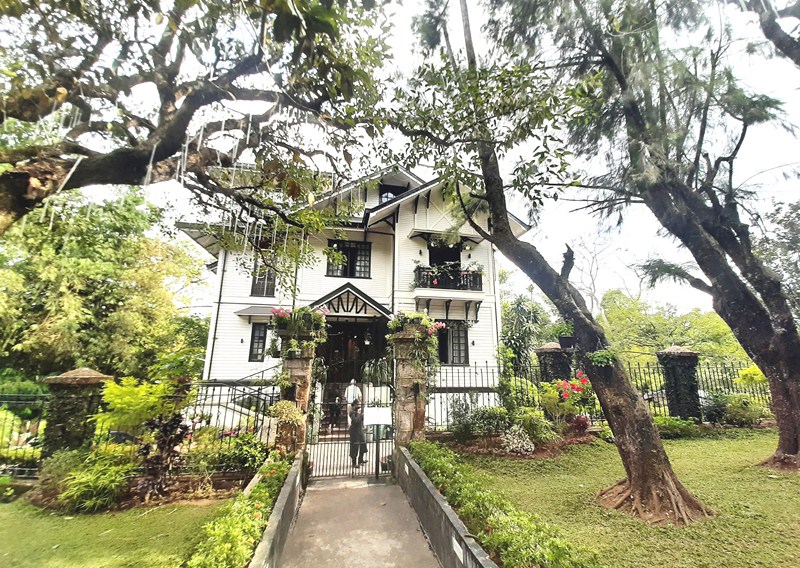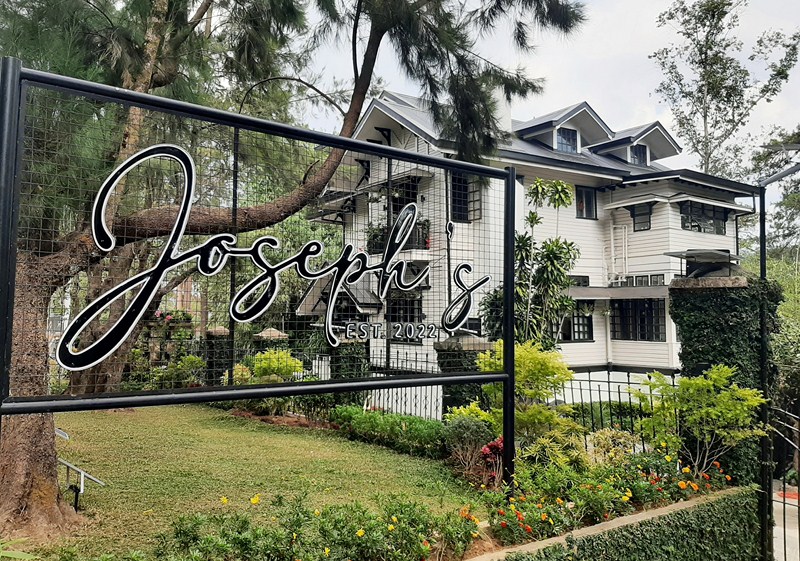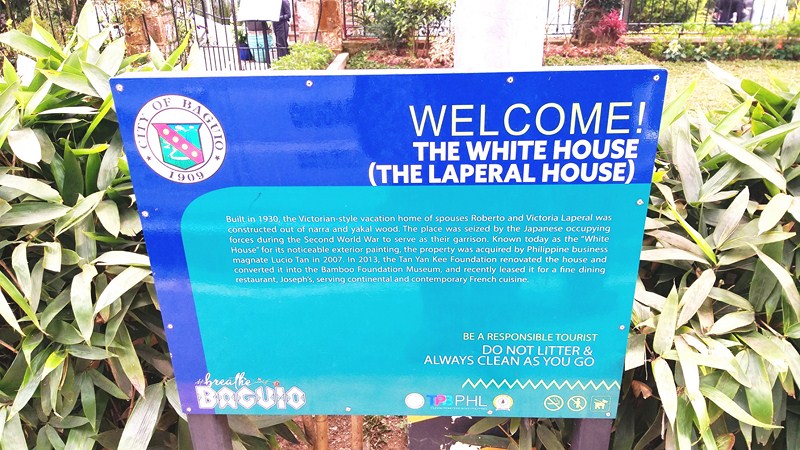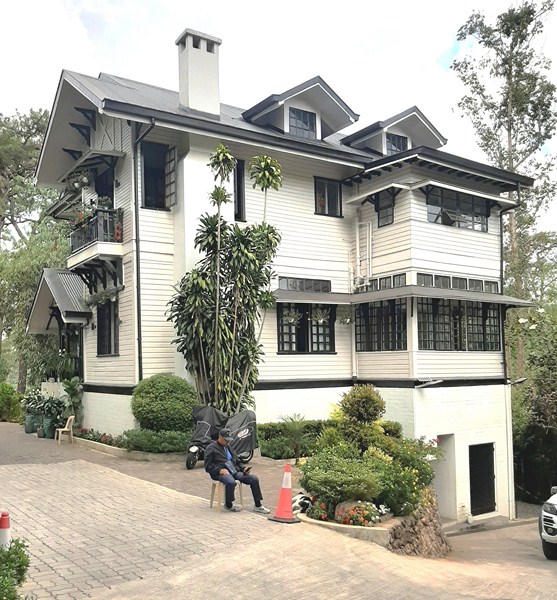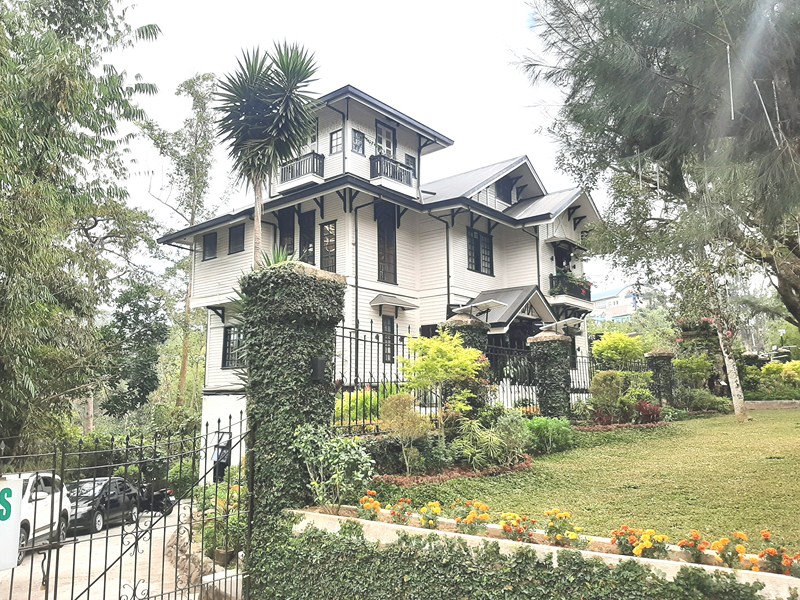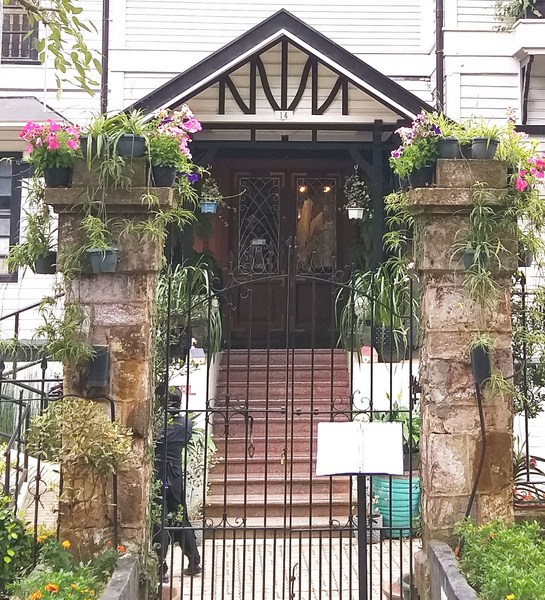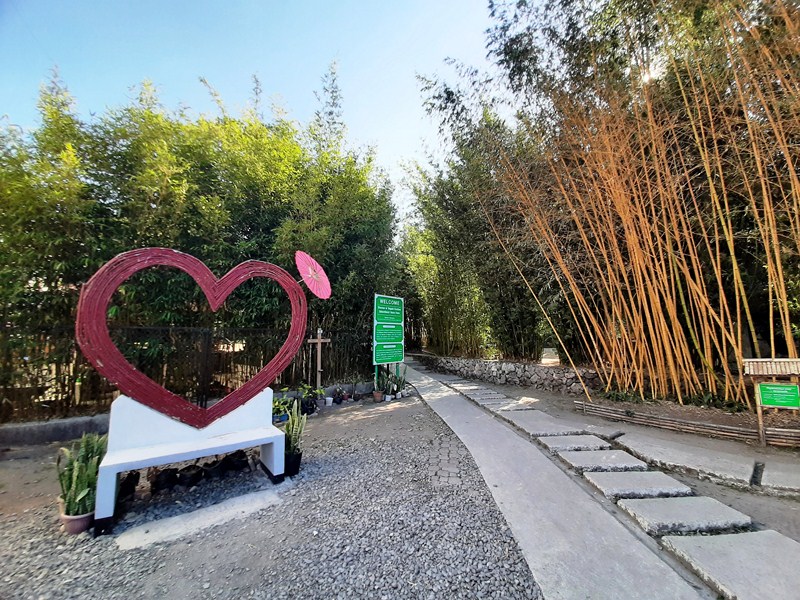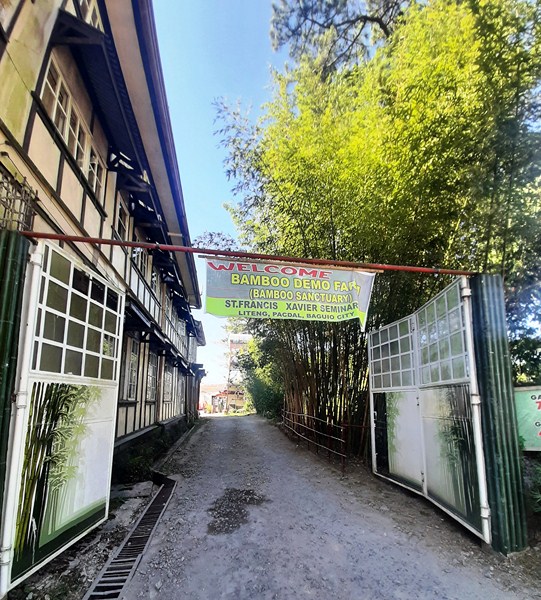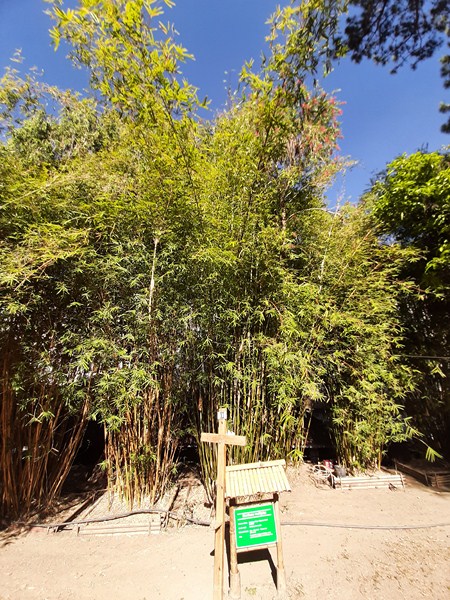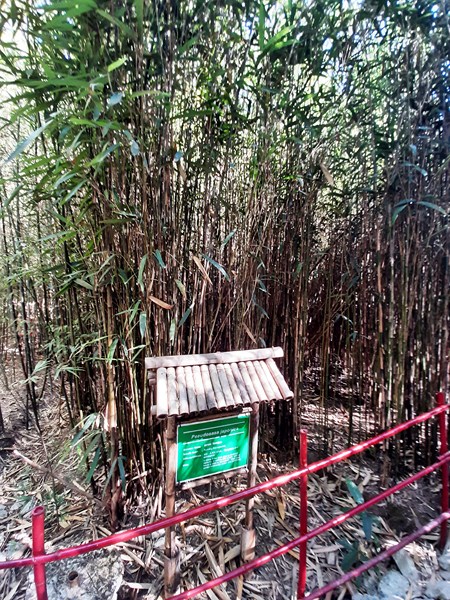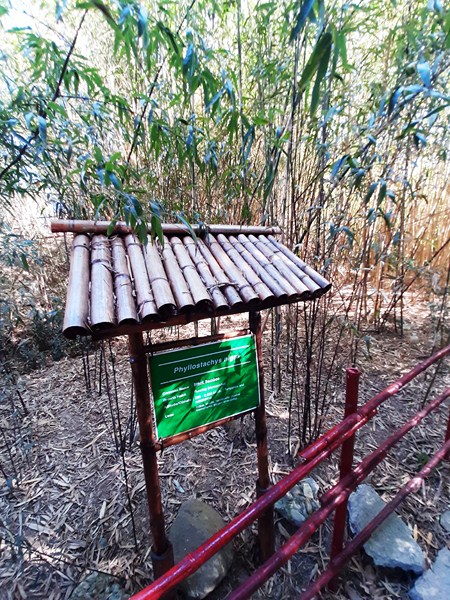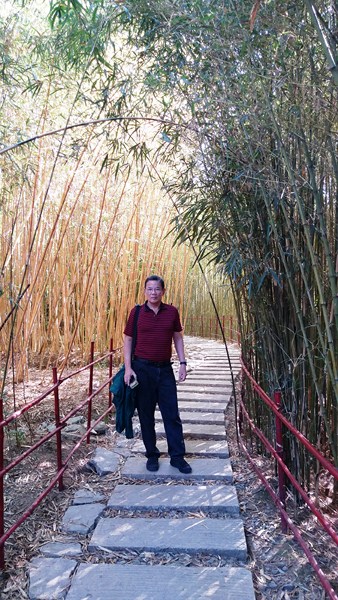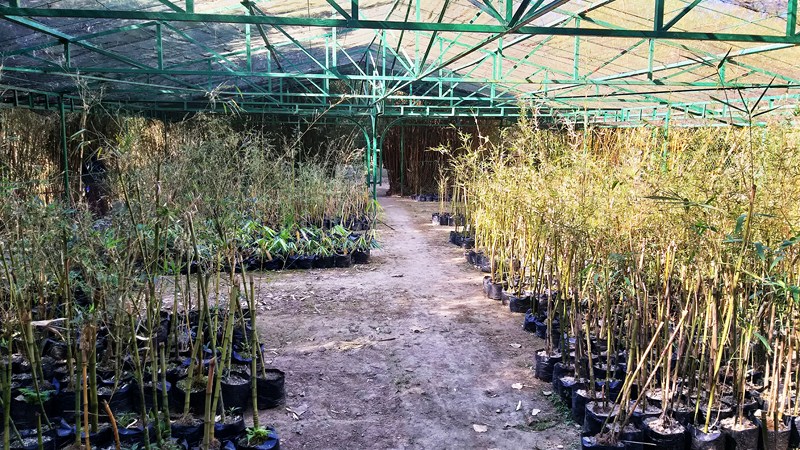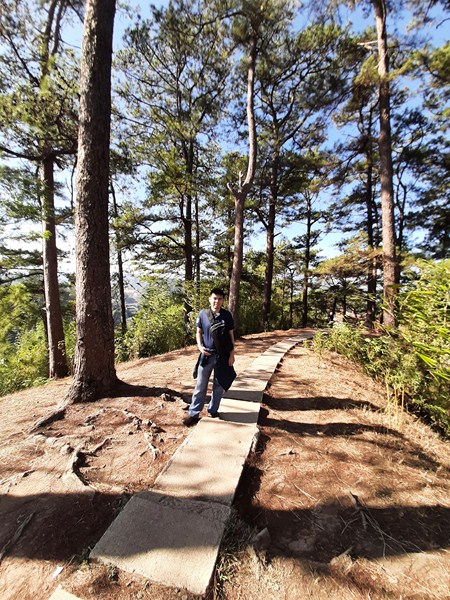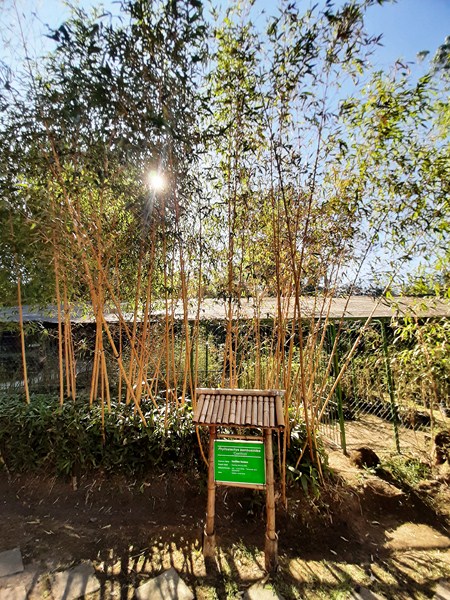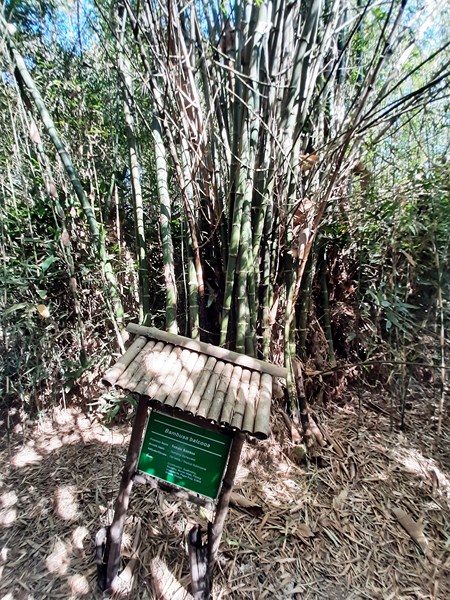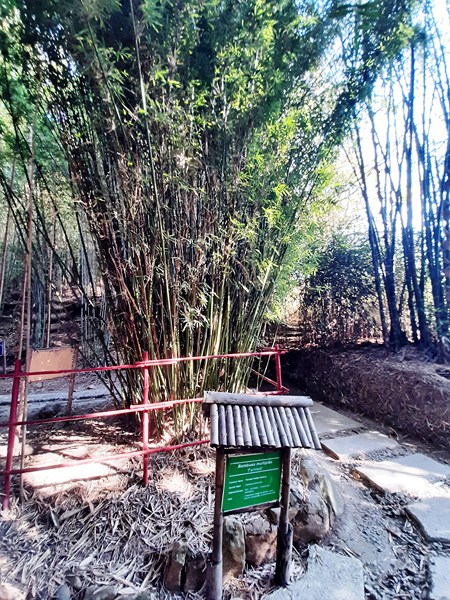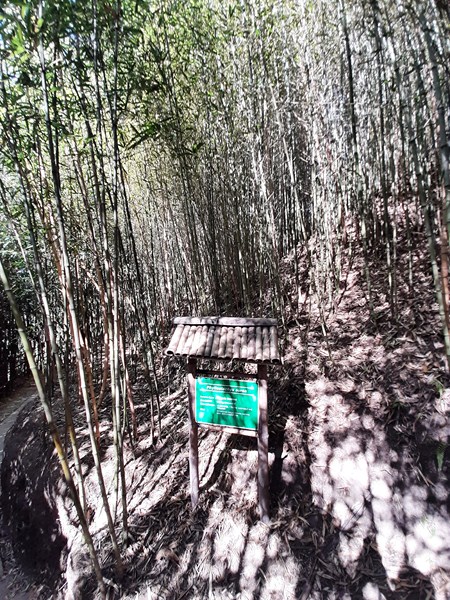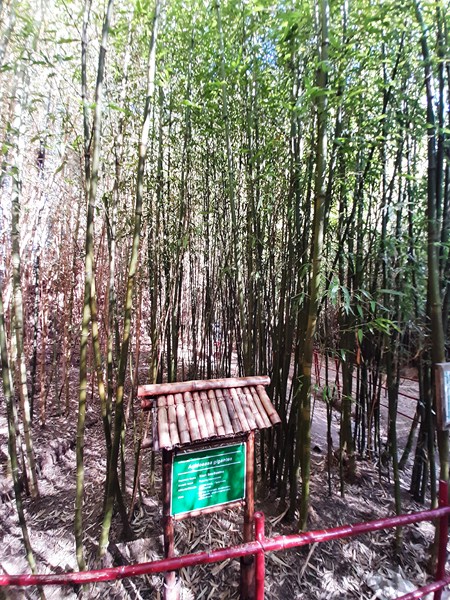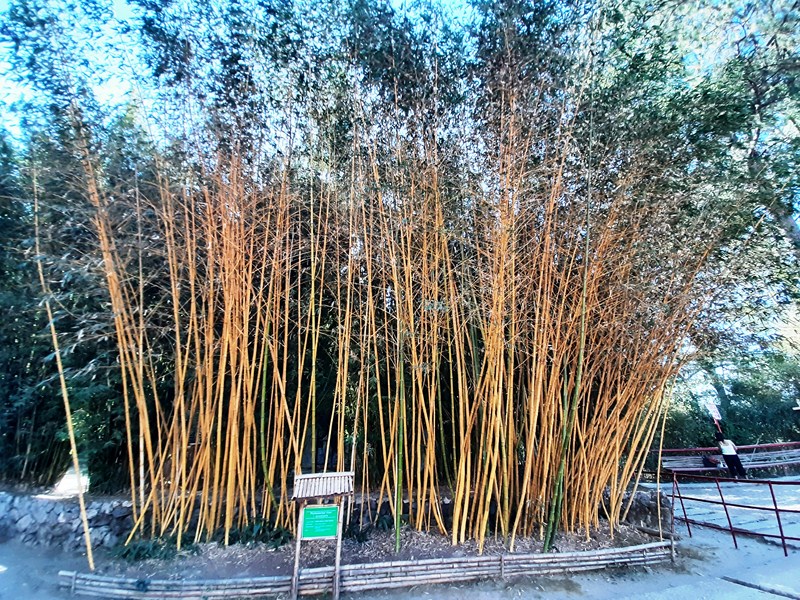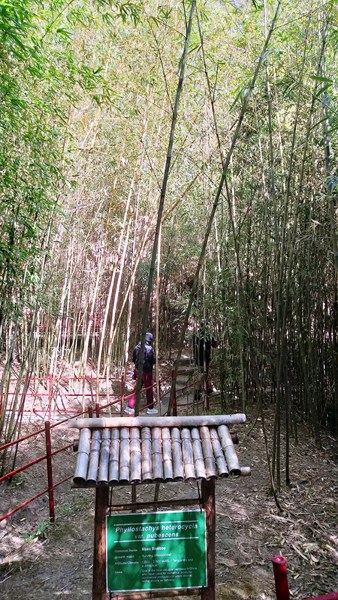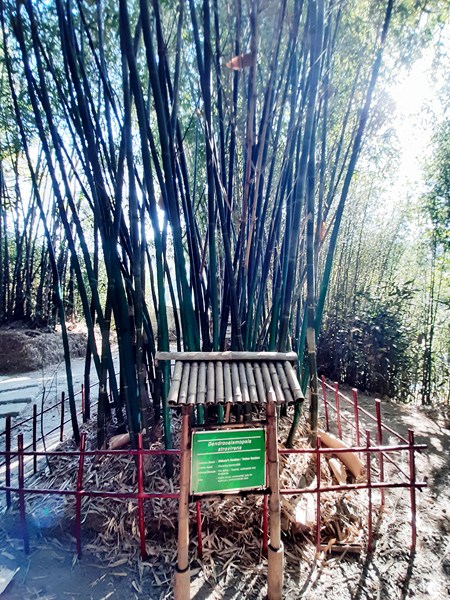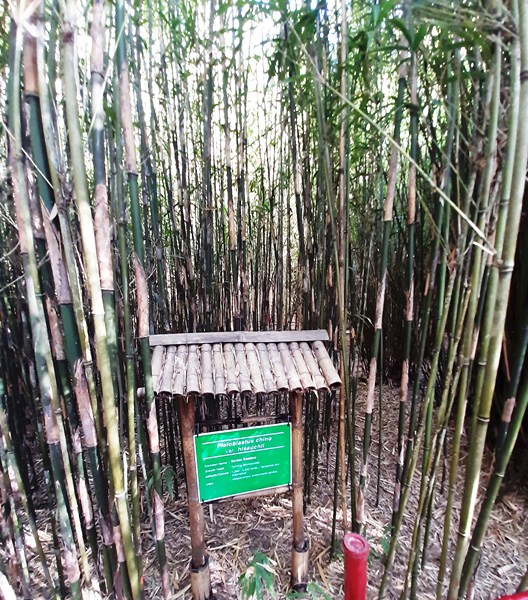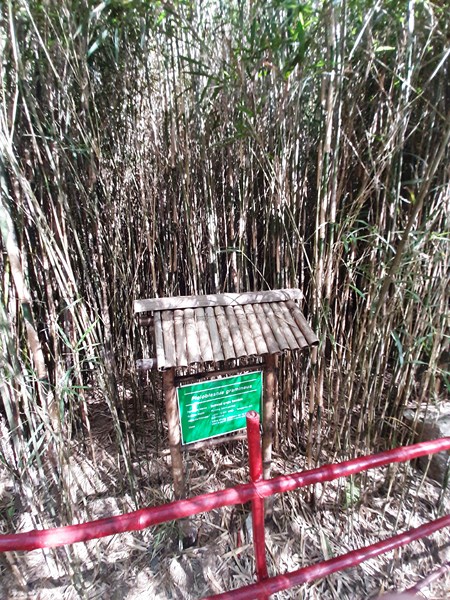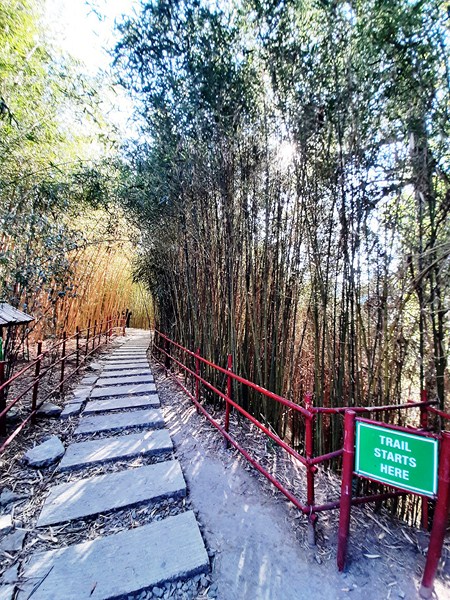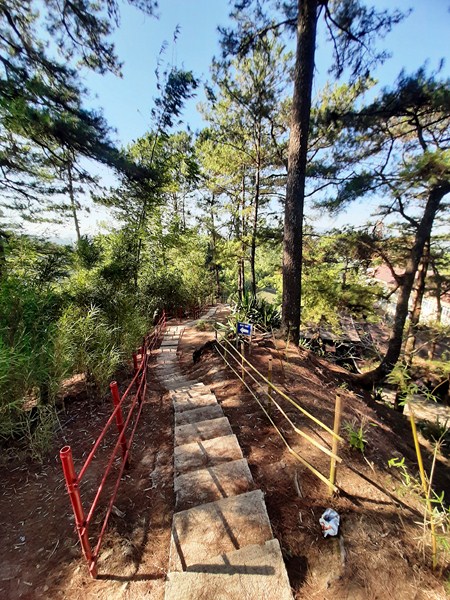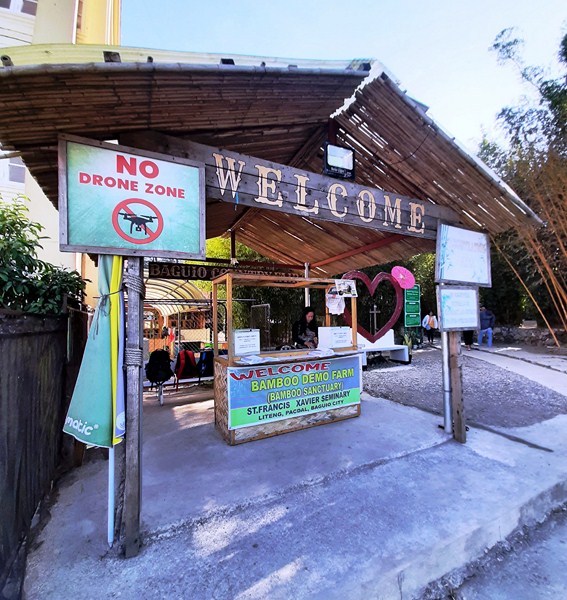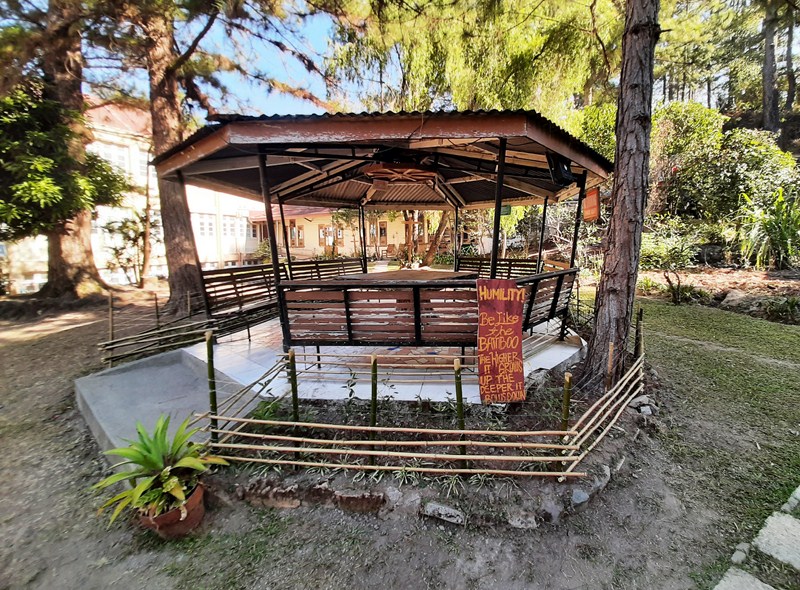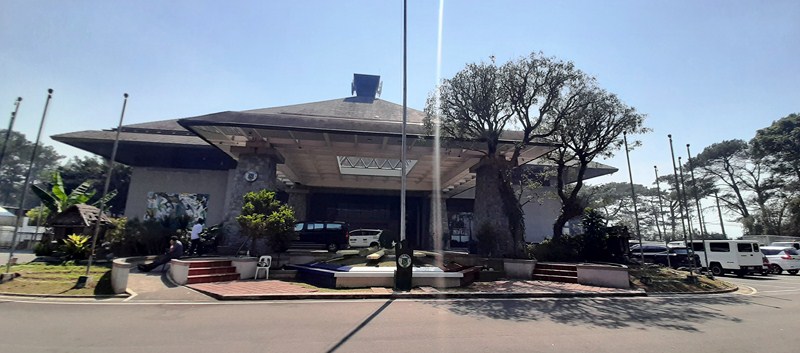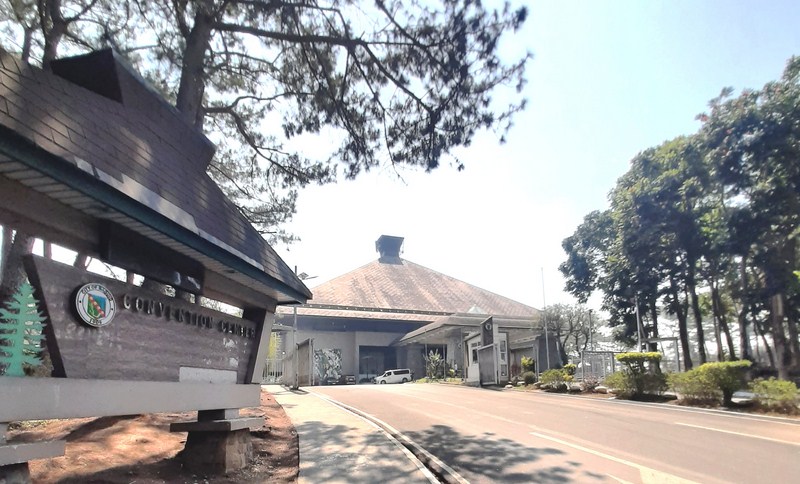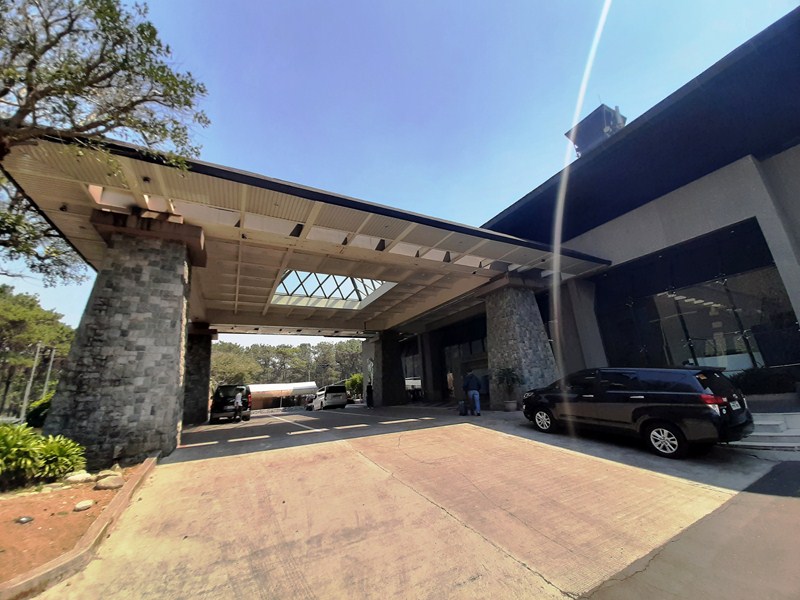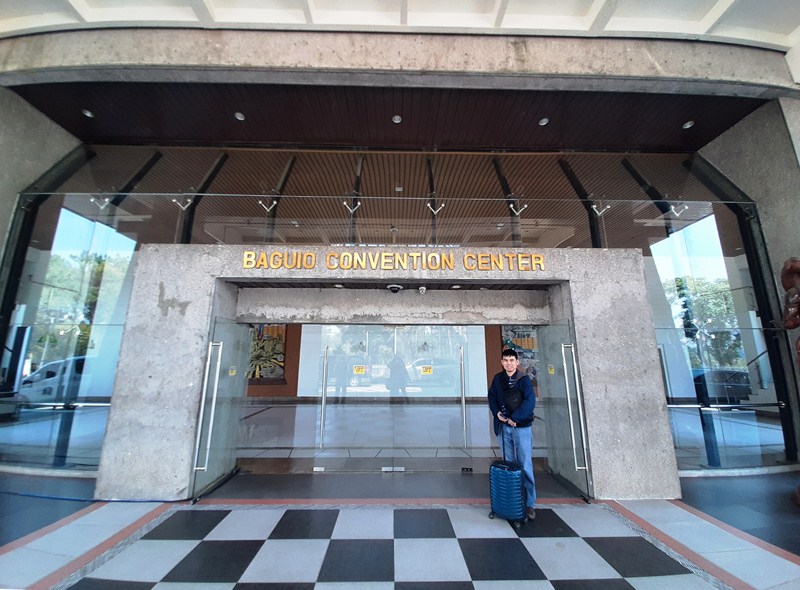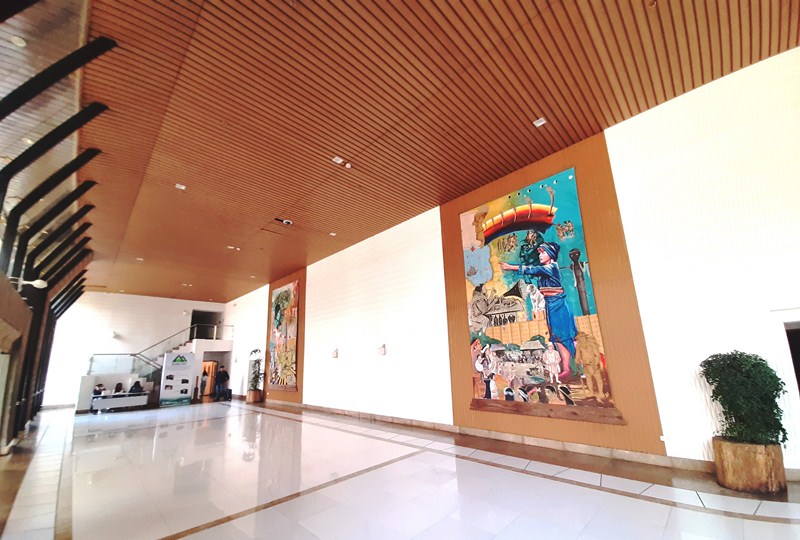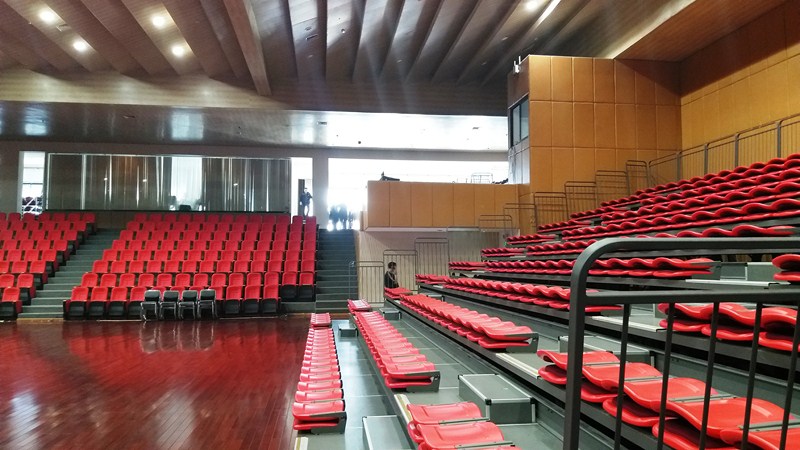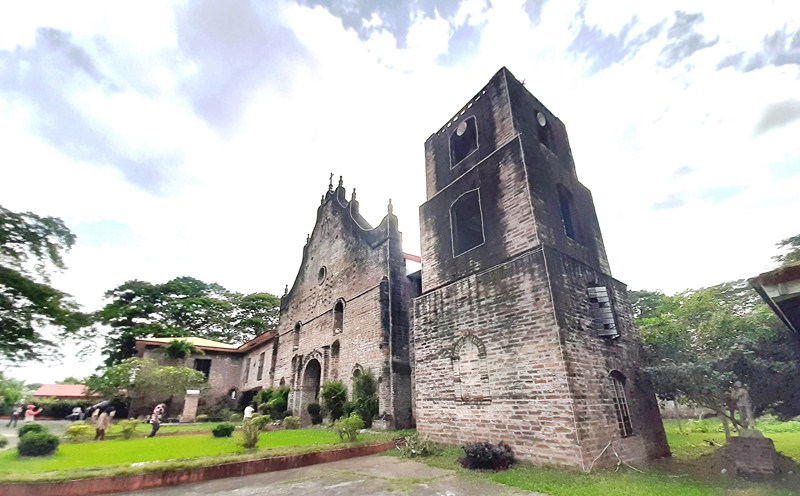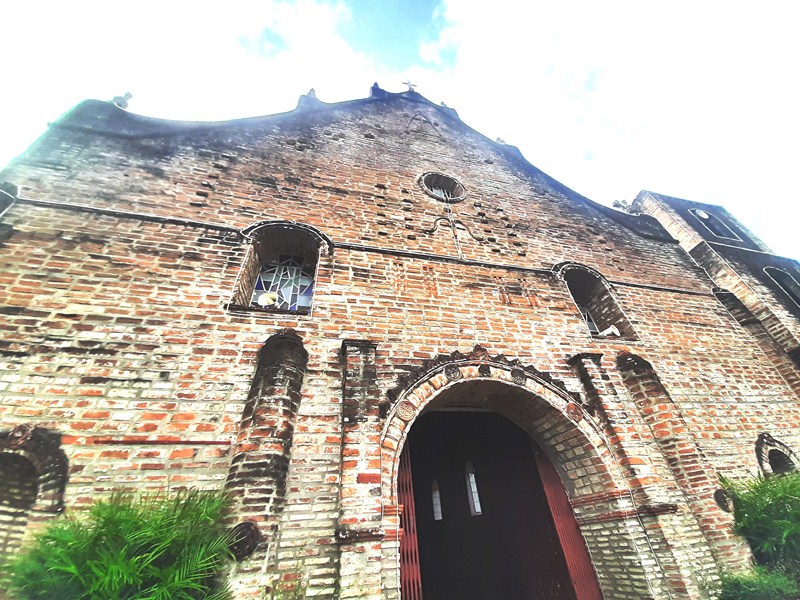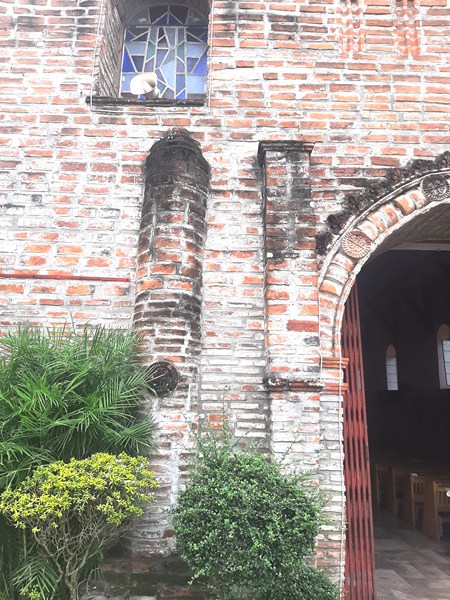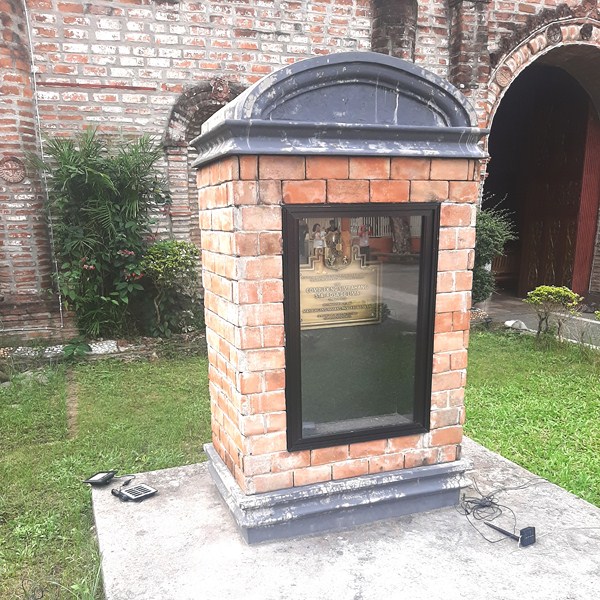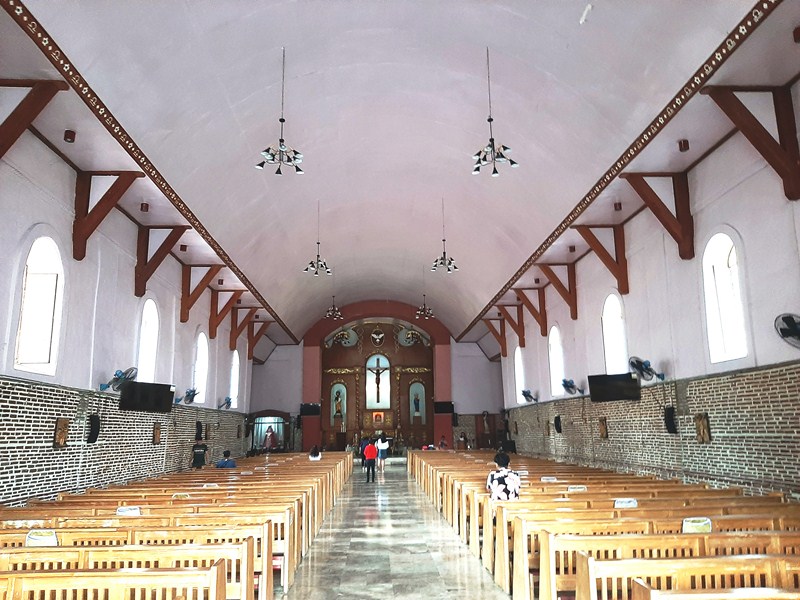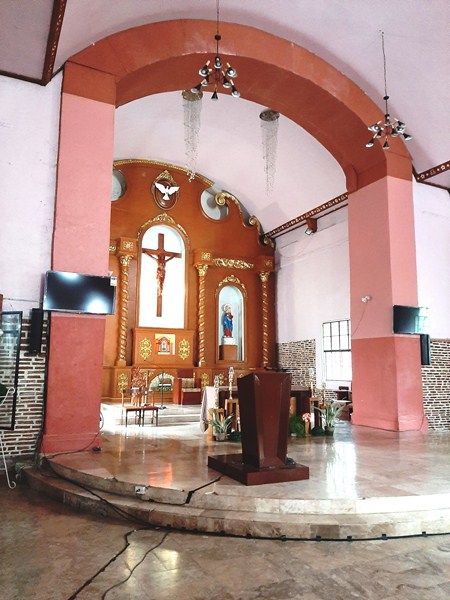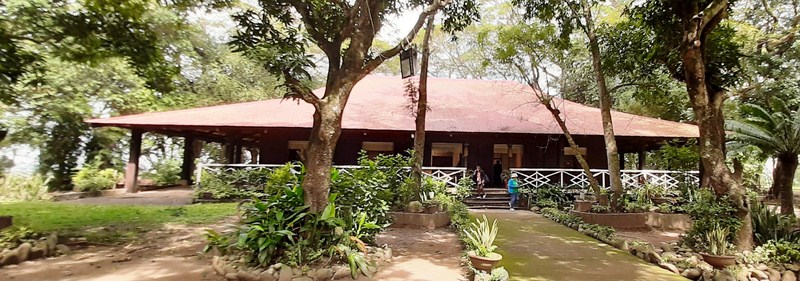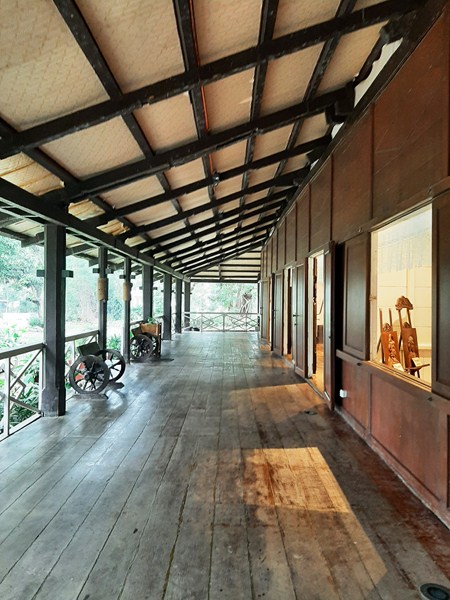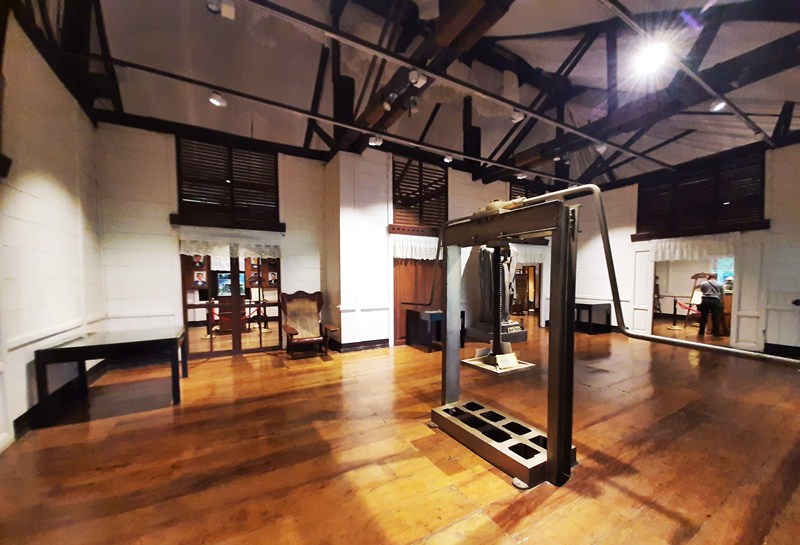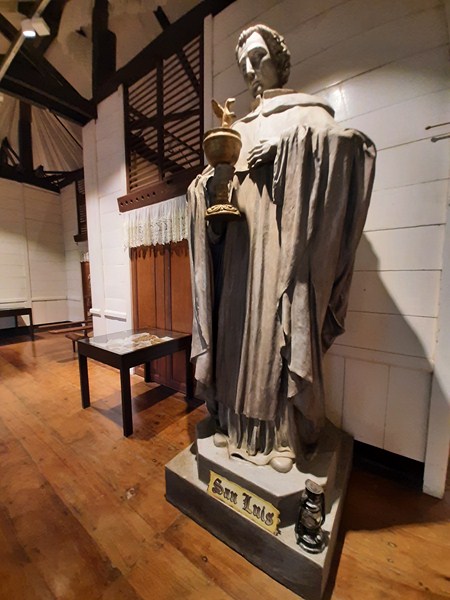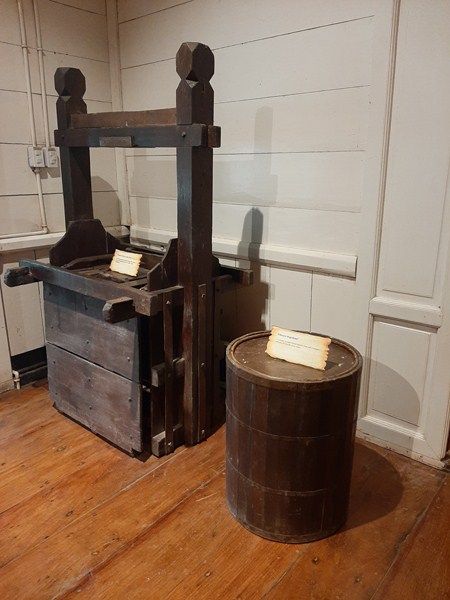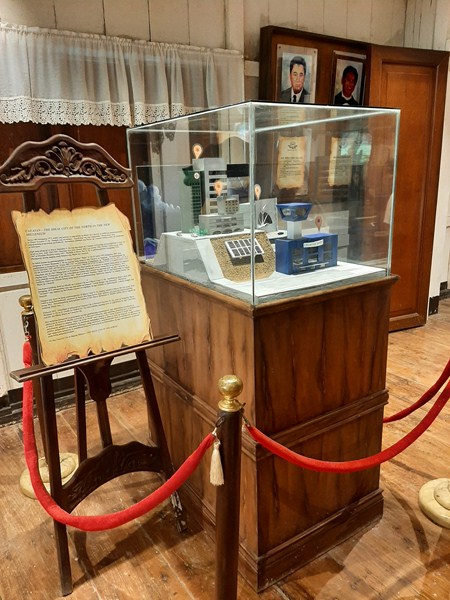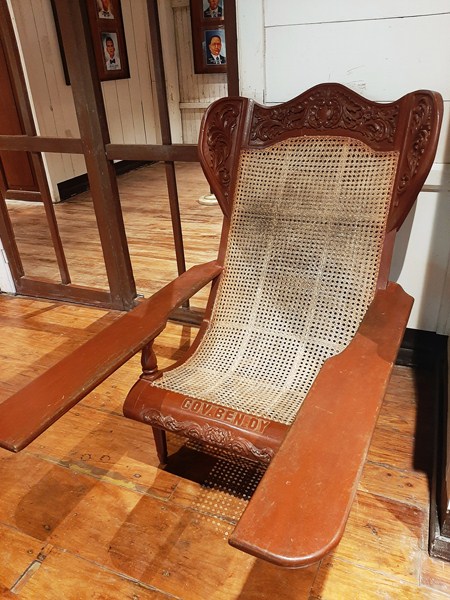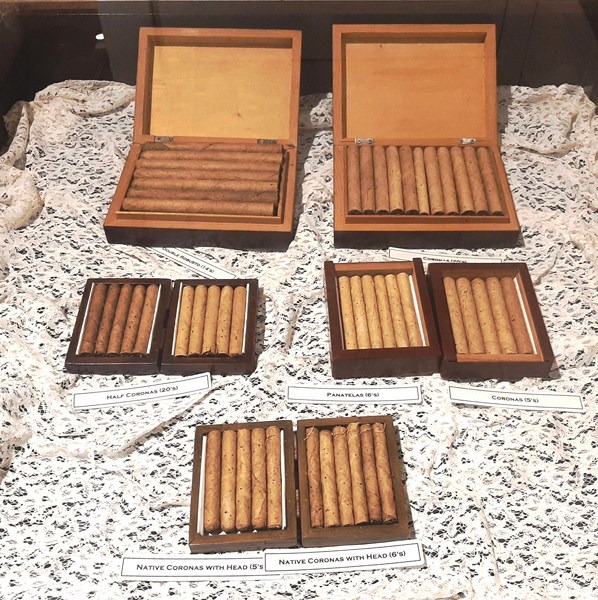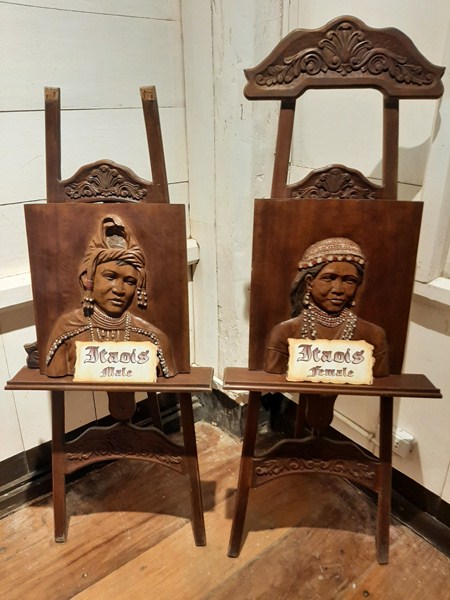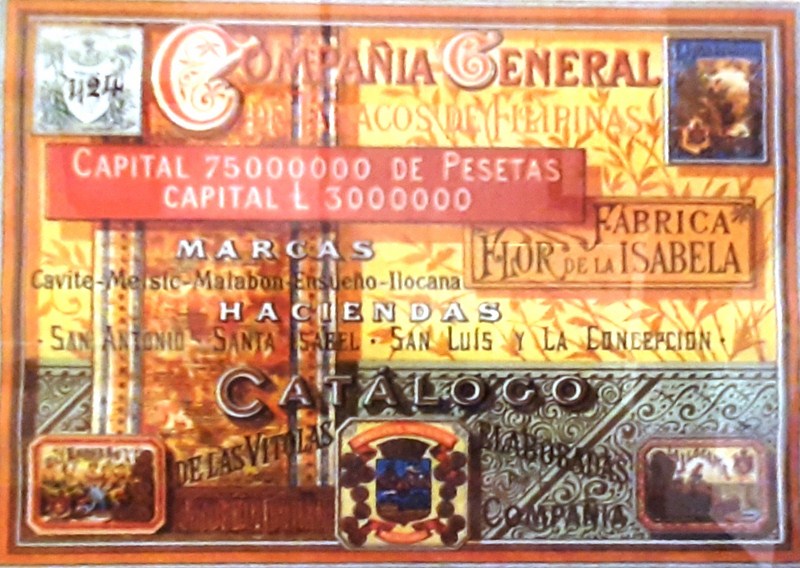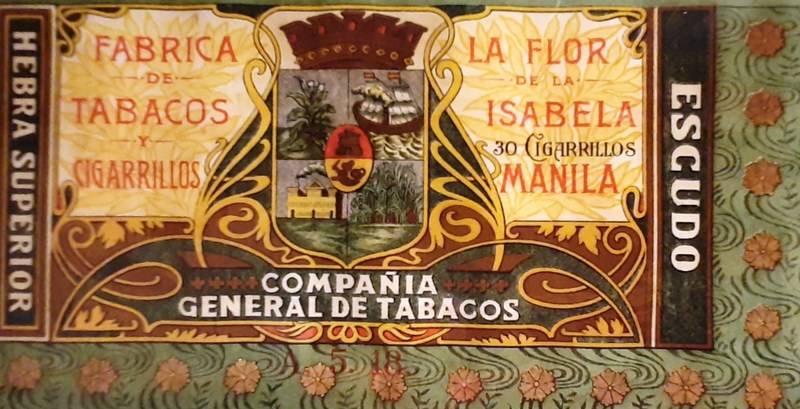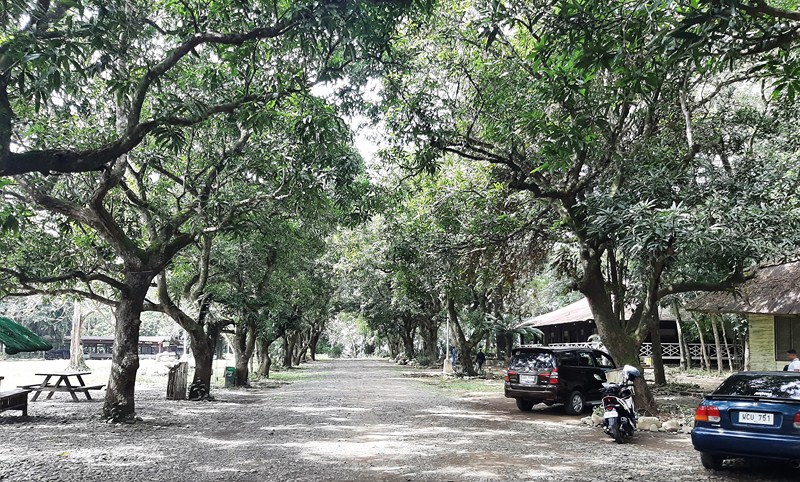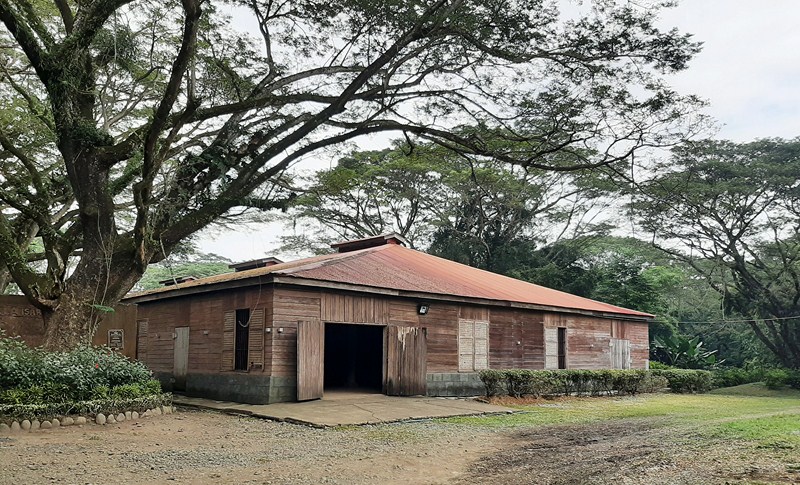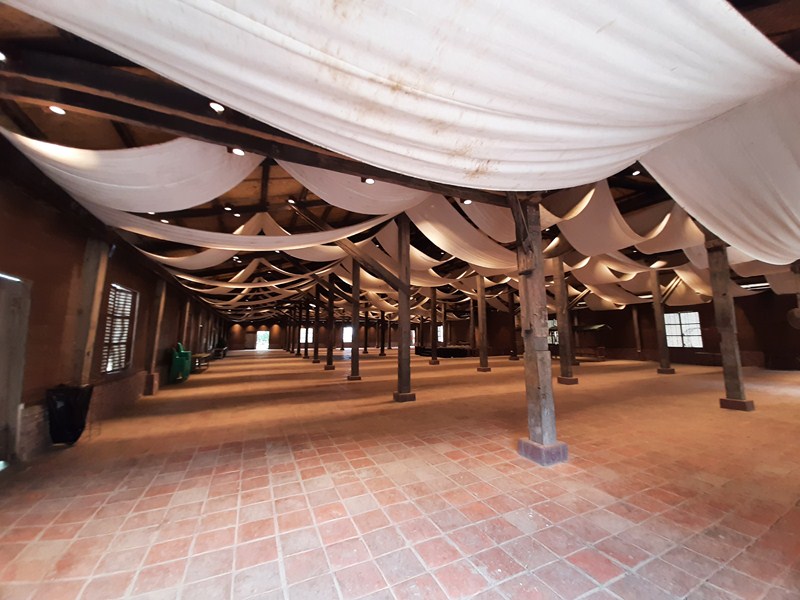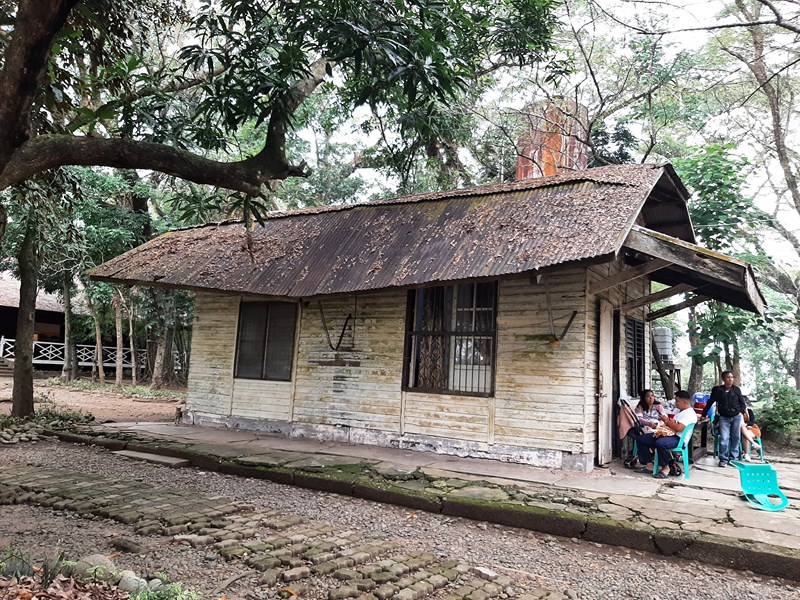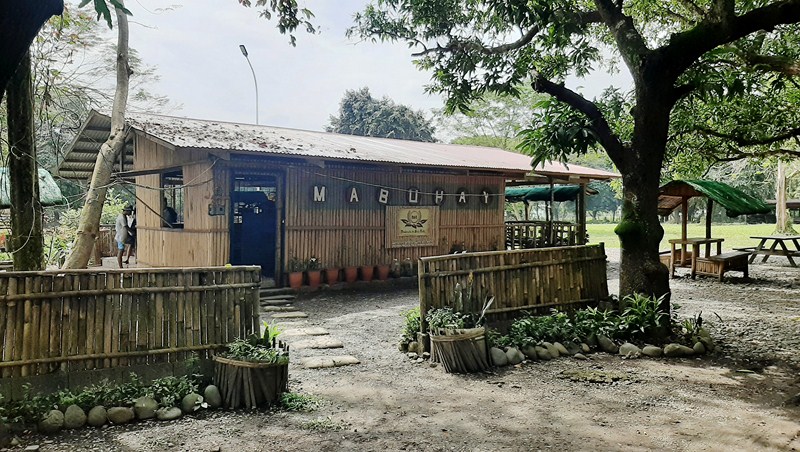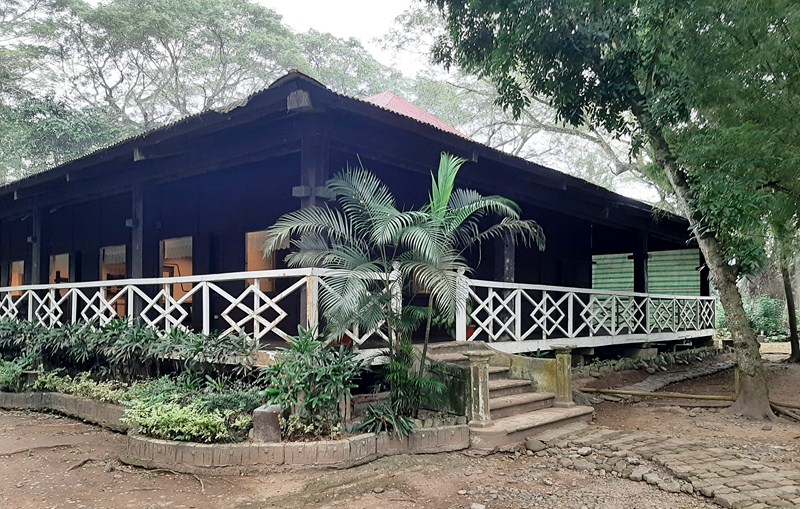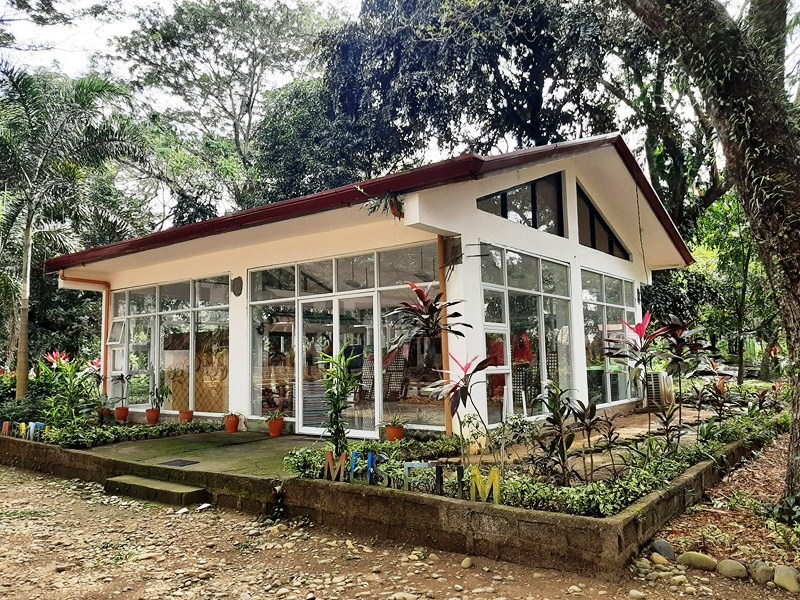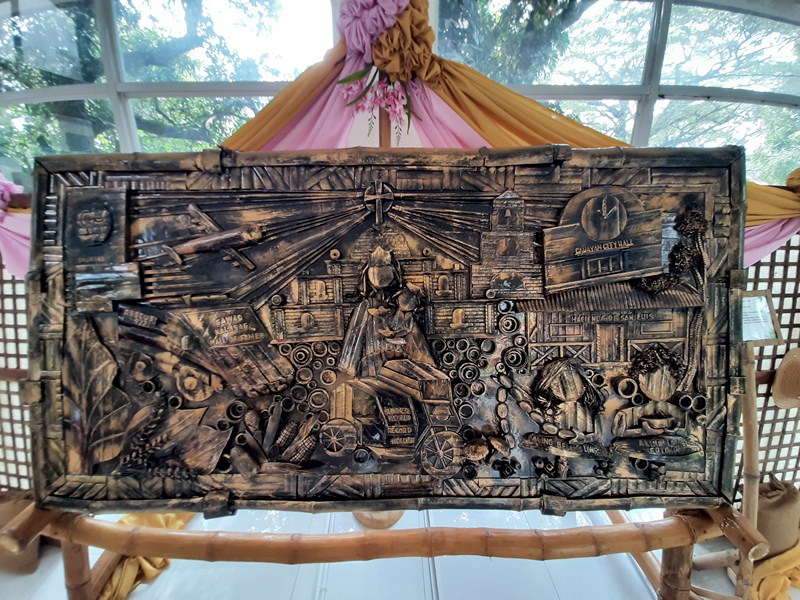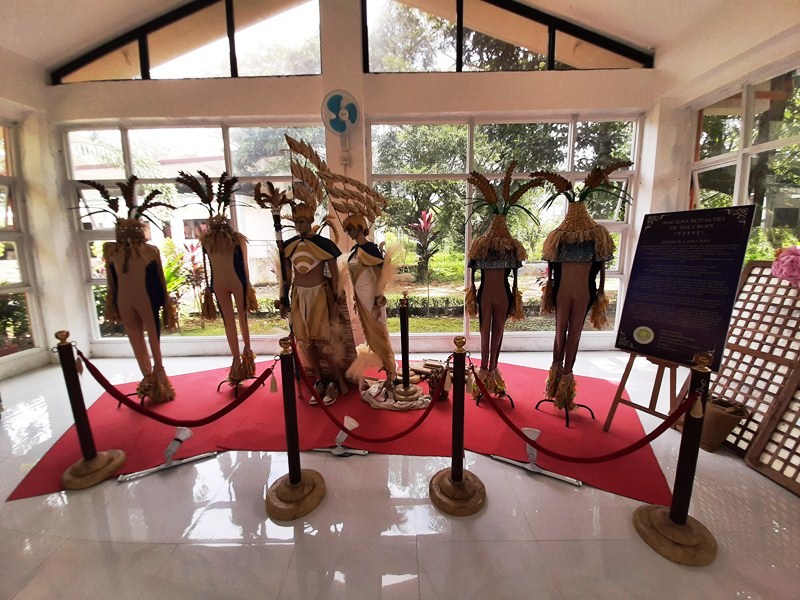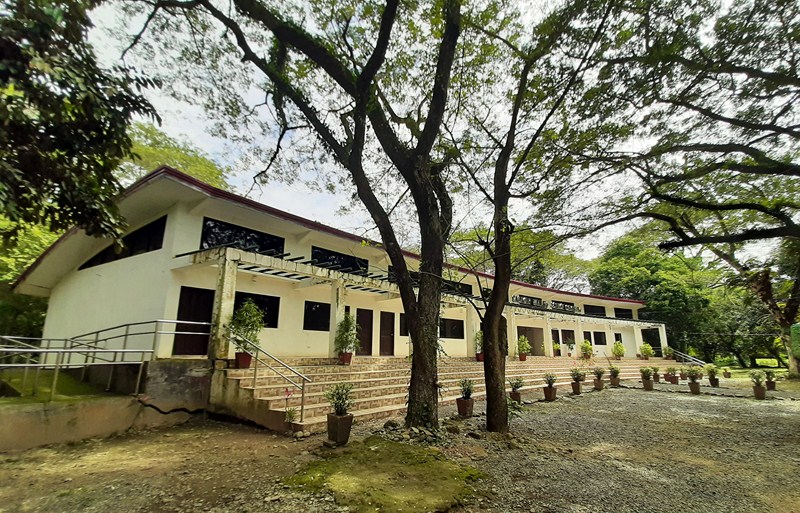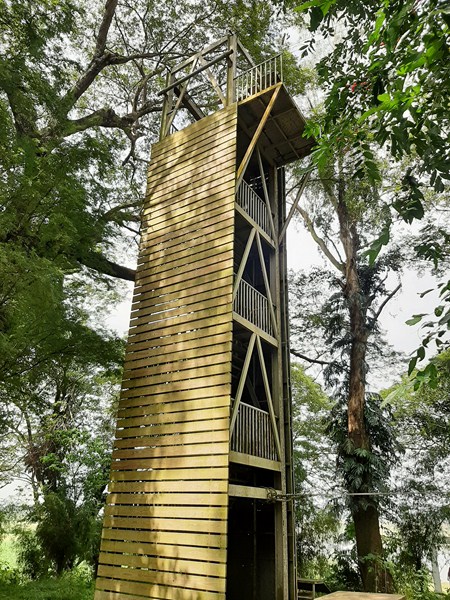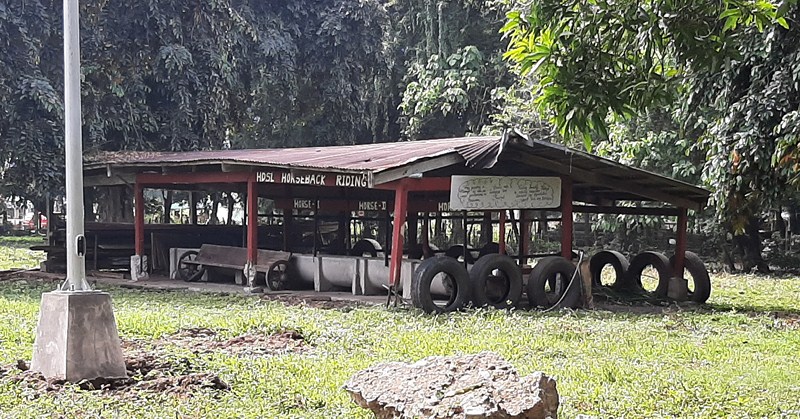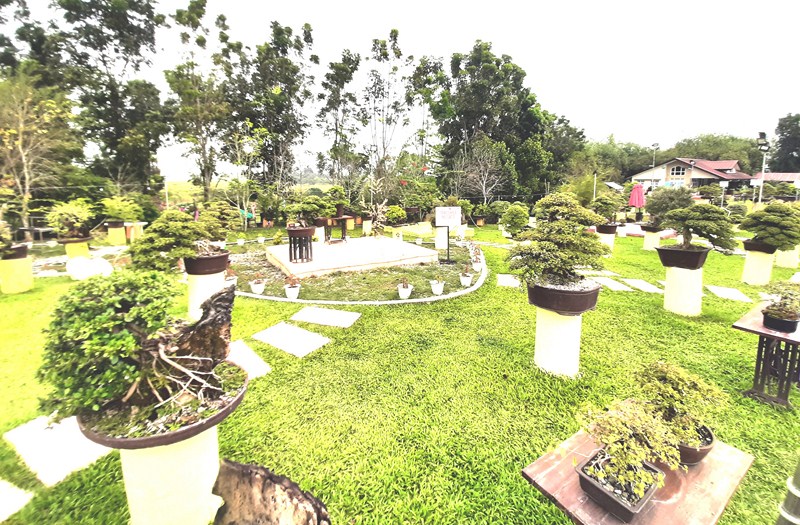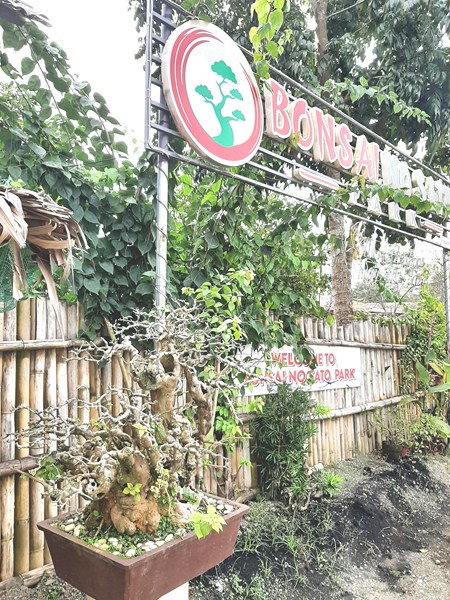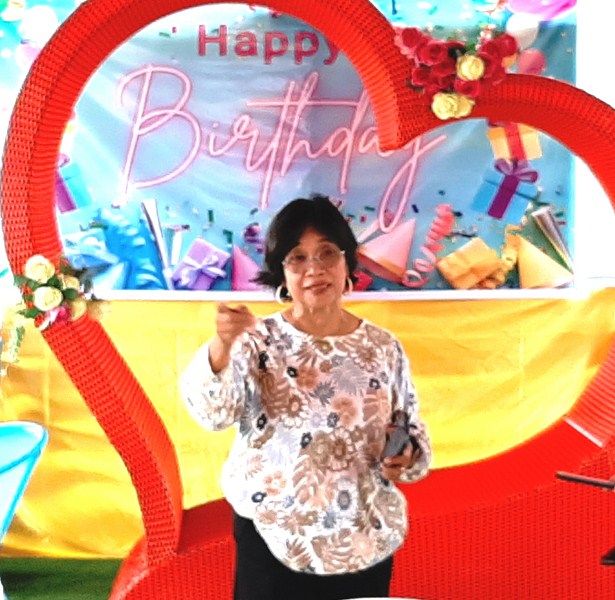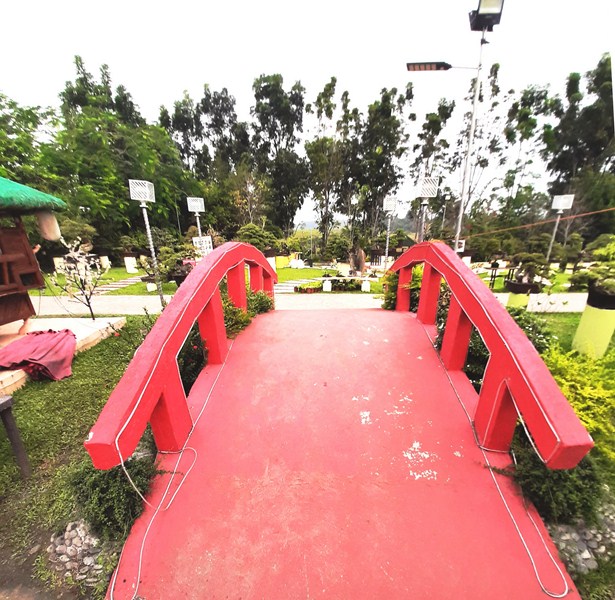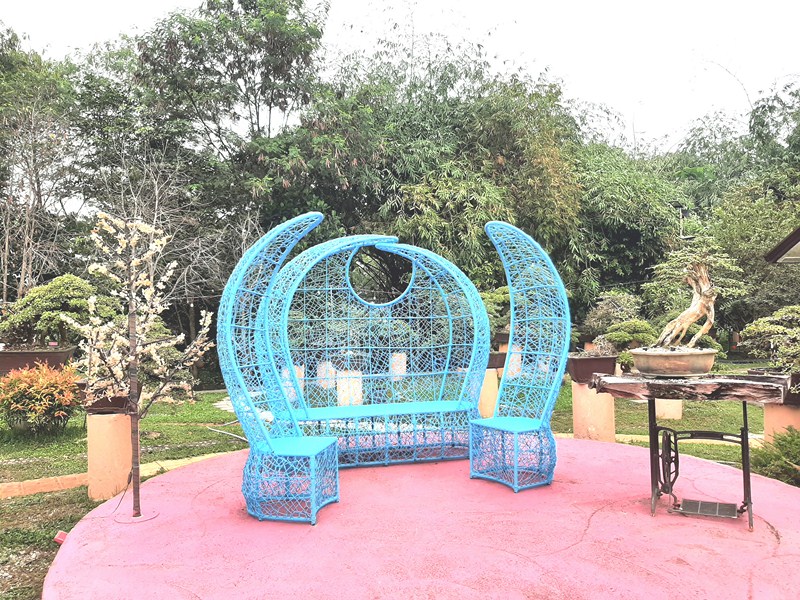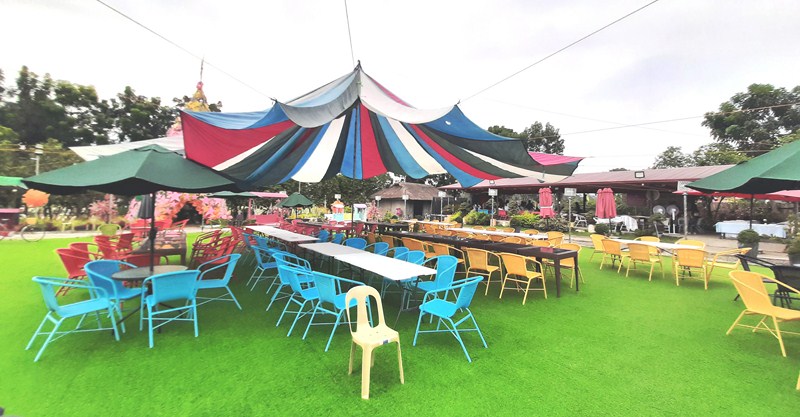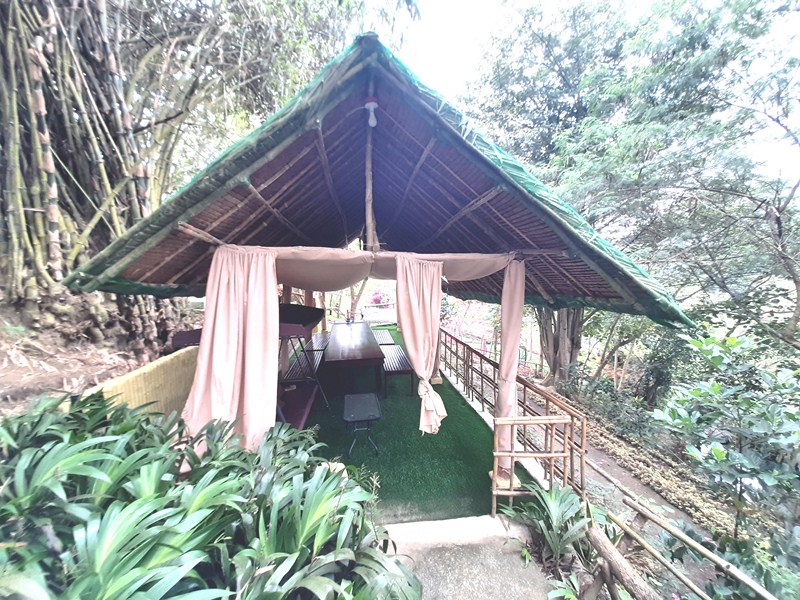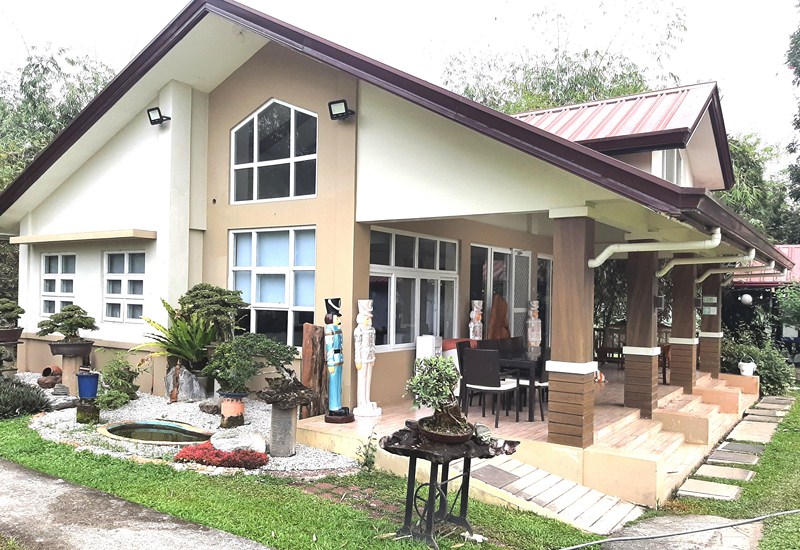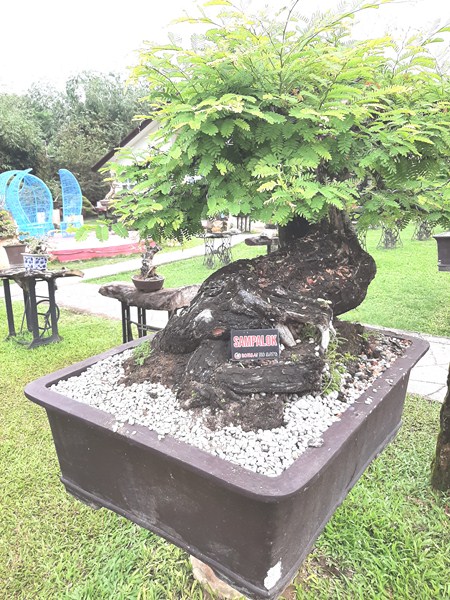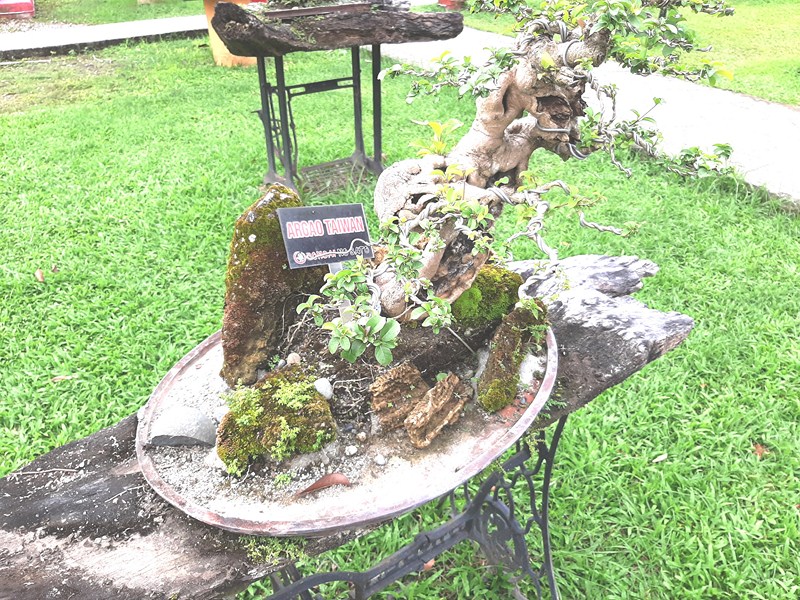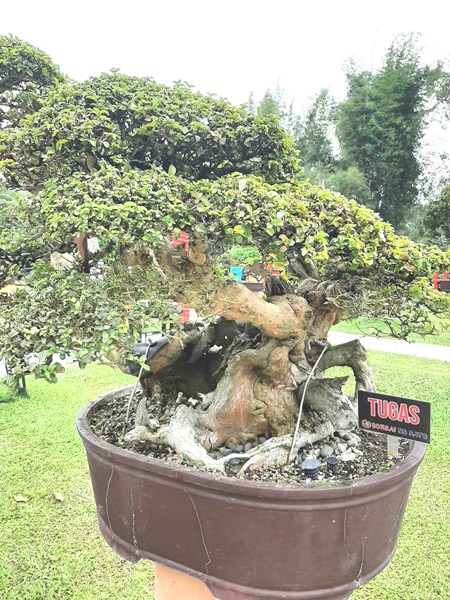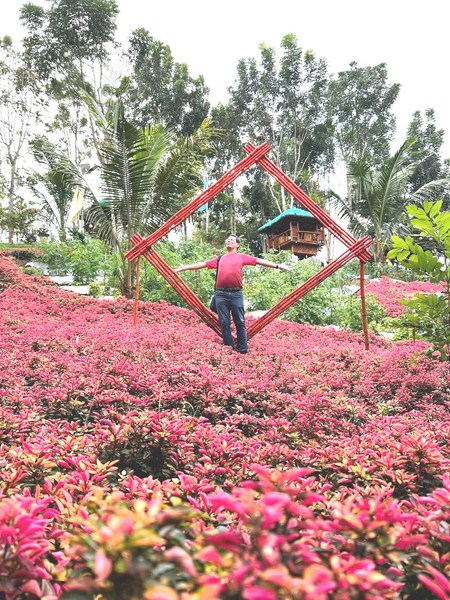The Baguio Museum is a great introduction to the Igorot (“mountain people”) of the Cordillera. Its collections date back as far as 1947 when then first woman councilor, Vice-Mayor and acting Mayor Virginia Oteyza de Guia collected them from friends in the Cordilleras.
First named the Baguio- Mountain Province Museum, the collections were first displayed at the City Hall and, later, transferred to the University of the Philippines before finding its home at its present site.
Here’s the historical timeline of the museum:
- In 1916, a small exhibit was installed in a small public school to serve as a teaching tool for the students.
- In 1934, the museum was moved to its current location in the Civic Center and was expanded and renovated several times over the years.
- In 1940, the Baguio Museum was established by American archaeologist Henry Otley Beyer.
- In 1975, the museum was built by the Philippine Tourism Authority (under the chairmanship of Minister of Tourism Jose Aspiras) and Mayor Luis Lardizabal.
- On May 1977, the museum was opened to the public.
- On August 4, 1977, the museum was incorporated by government leaders, leaders and concerned citizens of Baguio City, and the provinces of Abra, Benguet, Ifugao, Kalinga-Apayao and Mountain Province.
- On July 16, 1990, a major earthquake heavily damaged the old structure and the collection travelled from the old Camp John Hay Library to the basement of the Baguio Convention Center.
- In 1998, the rebuilding of the museum was started.
- In 2010, it was renamed as the Baguio Museum.
- In March 2020, the museum was temporarily closed, for seven months, due to the COVID-19 pandemic.
- In September 2020, the rehabilitation and beautification of its galleries continued after stringent protocol requirements were complied with.
- On October 2021, the museum was partially opened.
- In January 2022, after almost two years with strict protocols, the museum was opened.
- On July 4, 2022, after three years of improvements via a grant from the Ambassador’s Fund for Cultural Preservation (AFCP) of the United States Embassy Manila, the renovated Baguio Museum was inaugurated.
Inspired by Ifugao architecture, this time-honored museum was designed by Architect Ignacio Estipona and built with of stone and wood and features a striking pyramidal roof and two huge concrete poles, at the stair entrance, that resembles a traditional Ifugao home with an elevated floor supported by posts.
At the entrance are artworks donated by Joey Divina Bautista and Virginia Oteyza De Guia.
The museum has four floors. The first floor houses the Conservation Room, Museum Shop and the NCCA Gallery which is used for training and lectures and exhibits.
During our visit, the captivating “As Above, So Below” Exhibit (opened last February 16, 2024), a celebration of Baguio-based artist Maela Liwanag Jose’s Tinatik Arts, which extends to a total of 96 ft., was ongoing. The fourth floor houses the library and research center.
The second floor, the main floor of the building, houses the permanent Ethnological Exhibit.
It has an extensive display of various tribal artifacts from the six provinces of the Cordillera region: Abra, Apayao, Benguet (of which Baguio City is a part), Kalinga, Ifugao and Mountain Province.
Focusing on an indigenous group, here you’ll see spears, bolos (machetes), shields of Kalinga headhunters; gongs; bags; baskets; fish traps; wood sculptures depicting life in the mountains; colorful traditional clothes (ba-ag or g-string for men and tapis for the women); accounts of Ibaloi mummification practices; furniture and other artifacts.
The most unique collection in this museum – the real-life Kabayan mummy, glass encased in its wooden casket a mummy in its coffin, which visitors are not allowed to take a photo of in respect of the dead.
The Benguet Exhibit features the following artifacts:
- Bango– A rain gear made by woven rattan, nito fiber, and pine needles.
- Bangew– a bag made of the same material as bango.
- Kuval– a red-colored G-string that symbolizes power.
- Latok– a set of serving plates.
- Kayabang– baskets carried by Ibaloi women over their heads.
- Duli– a necklace made of a snake’s vertebrae, which women wore during childbirth to ensure safe delivery.
The Abra Exhibit features the following artifacts:
- Kalugong– cone-shaped, bamboo hat worn by men.
- Badu– white jacket made of cotton.
- Ukken/Kimona– blouse made of Rengue textile.
- Piningitan– wrap-around skirt.
There are also two miniature dioramas that give you a better picture of their communities. An offshoot of the tourism field offices being regionalized in 1988, they were donated by DOT Undersecretary Narzalina Lim. The first diorama, the “Bodong Diorama,” was donated in 1988 through DOT-CAR and Region I Director Stella Ma. De Guia, and the second, the “Imbayah Diorama,” was donated through DOT-CAR Director Carmelita Mondiguing.
The third floor, the Baguio City Gallery, features a compelling exhibition on the historical development of Baguio, from the 1900s to the present. The exhibits include:
- Baguio: A Melting Pot – features Baguio’s two National Artists (Benedicto “Bencab”” Cabrera, National Artist for the Visual Arts in 2006; and Kidlat Tahimik, National Artist for Film in 2018) and Baguio’s art scene.
- Baguio: A Miniature Early History – features three architectural models, one of which shows Baguio as an untouched green land, a stark contrast to its current state. Here, you can see and read, in detail, the discovery of Baguio as a land of pine trees and its development into a civilized land.
- Mayors of the Century: 1909 to the Present – a tribute to the 31 (including one woman mayor) mayors of the city, honoring their numerous achievements and contributions to Baguio’s growth.
- The Old Versus the New – then and now photos of Baguio landmarks.
- The Colonial Hillstation: From Health Resort to City of Pines – a timeline showcasing photographs and information on how the City of Pines started as a colonial hill station.
- War Occupation and Liberation – features Japanese Occupation and American Liberation photos and war relics.
Outside the museum are a bale (ifugao traditional house), a dap-ayan (a gathering place of village leaders) and totem poles.
Baguio Museum: Dot-PTA Complex, cor. Governor Pack Rd. and Harrison Rd., Baguio City, 2600 Benguet. Tel: (074) 248-1147 and (063) 444 7451. E-mail: baguio_museum@yahoo.com. Open daily (except Mondays), 9 AM to 5 PM. Admission: Php100 (adults), Php70 (college students), Php60 (high school students), Php40 (elementary students) and Php50 (senior citizens and PWD).

